L is the sixteenth letter of the alphabet. Many animals start with L. It's easy to name a few but can you name 50? Towards the end you'll see a looser definition of 'starts with the letter L' being used.
While researching this for this article I discovered the long-nosed snake and fell in love. I have included a picture of one down below and hope you like him too. Whether you are looking for five animals that start with L or fifty, let us help you!
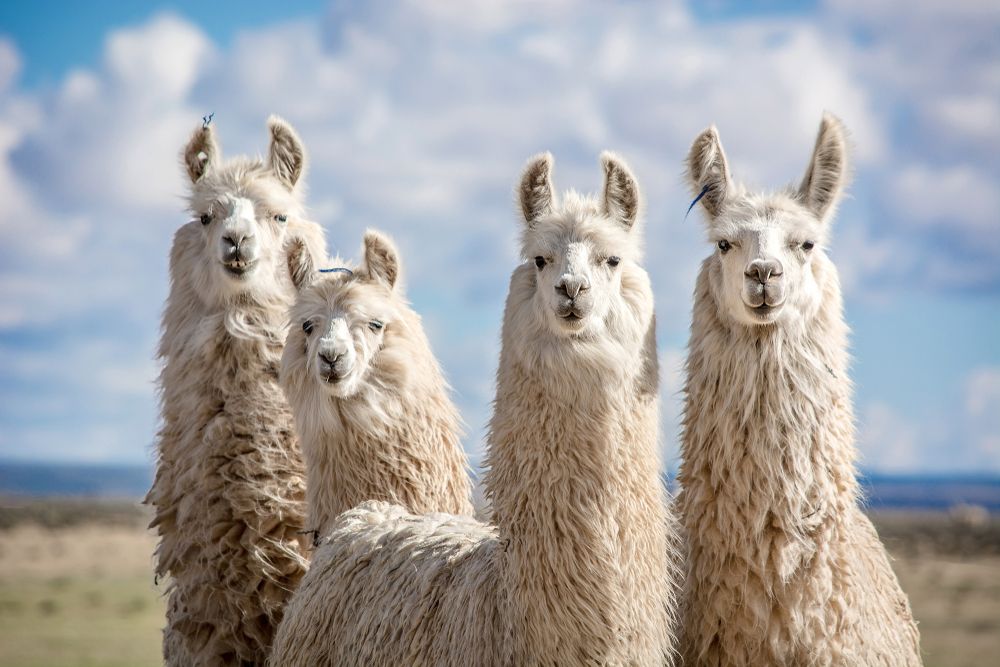
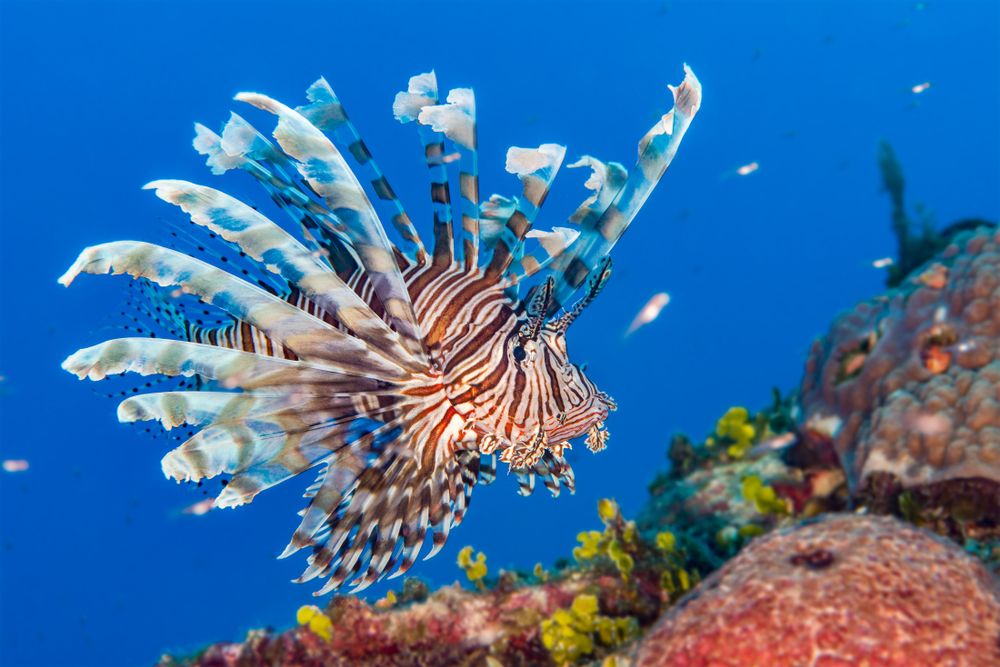
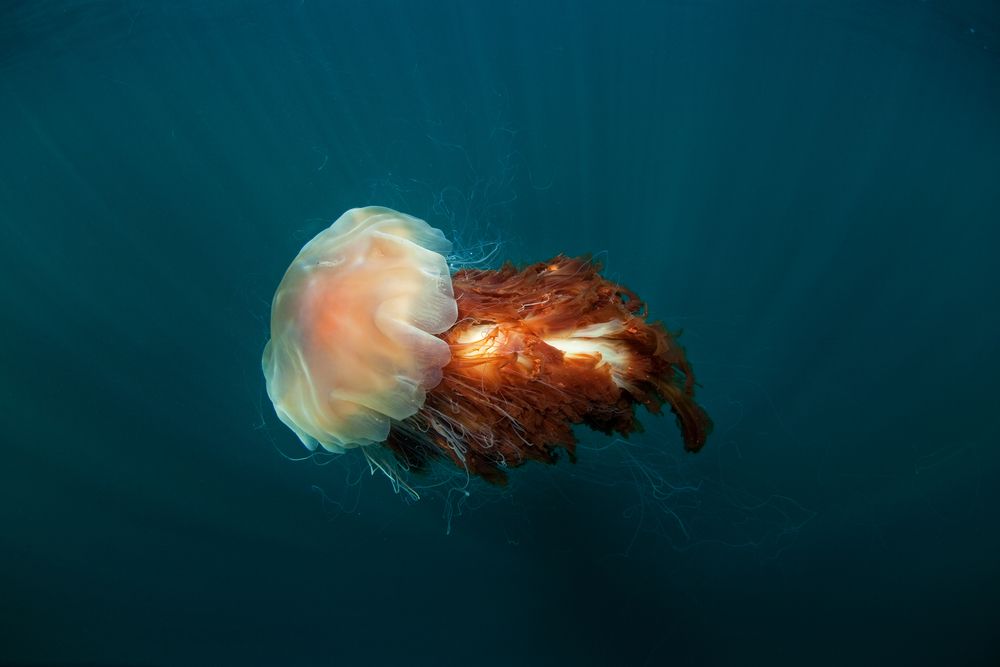
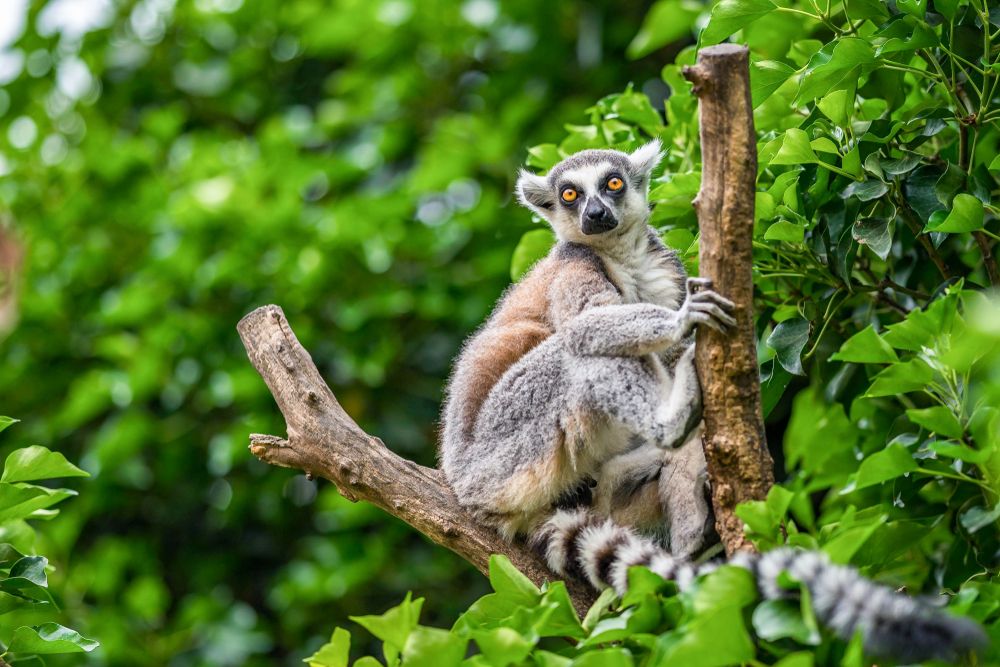
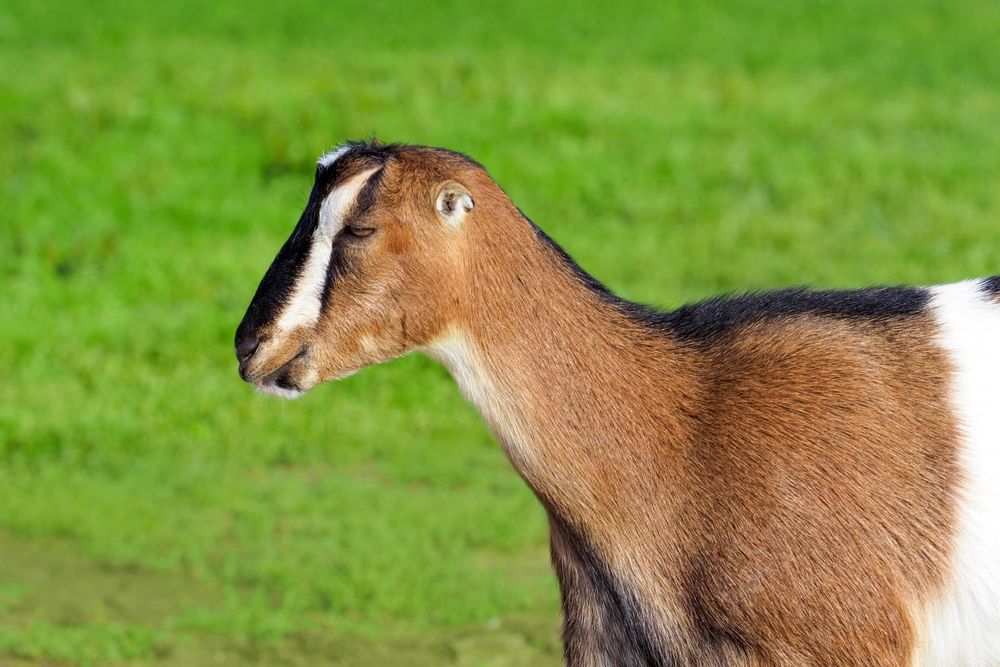
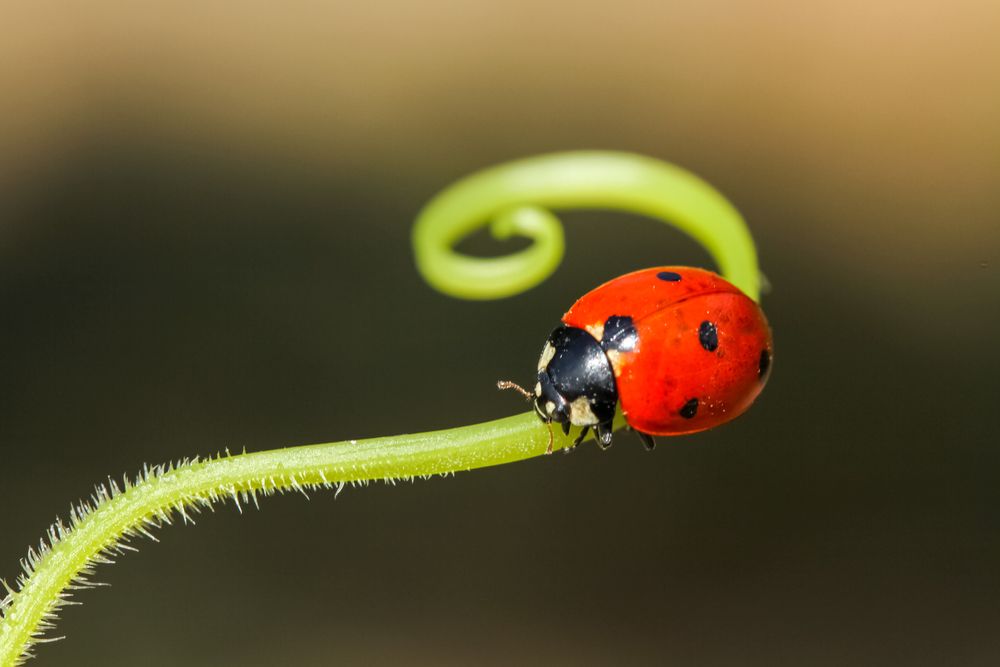
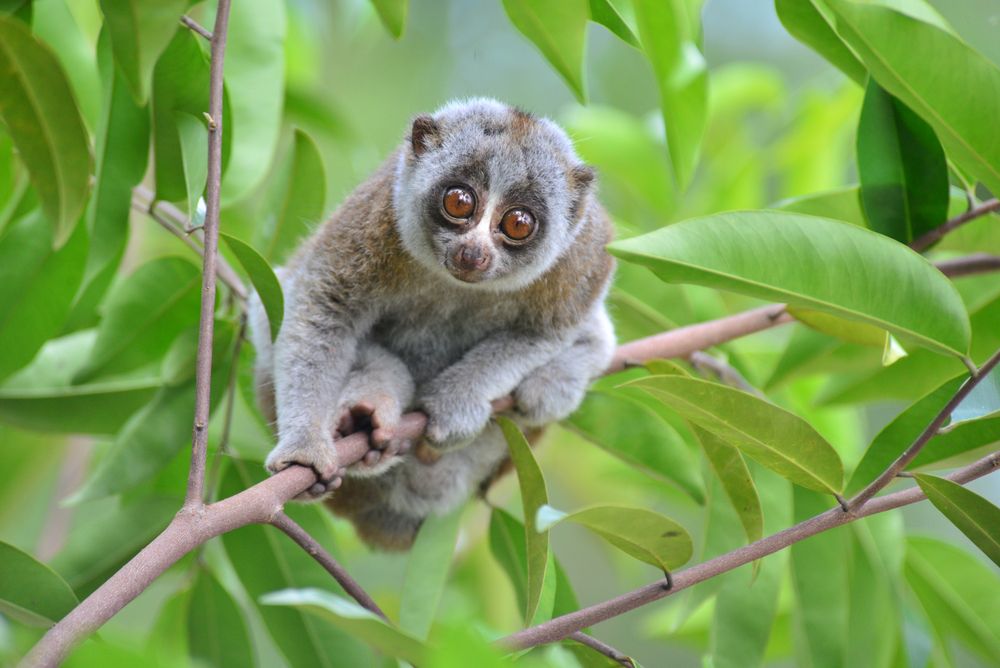
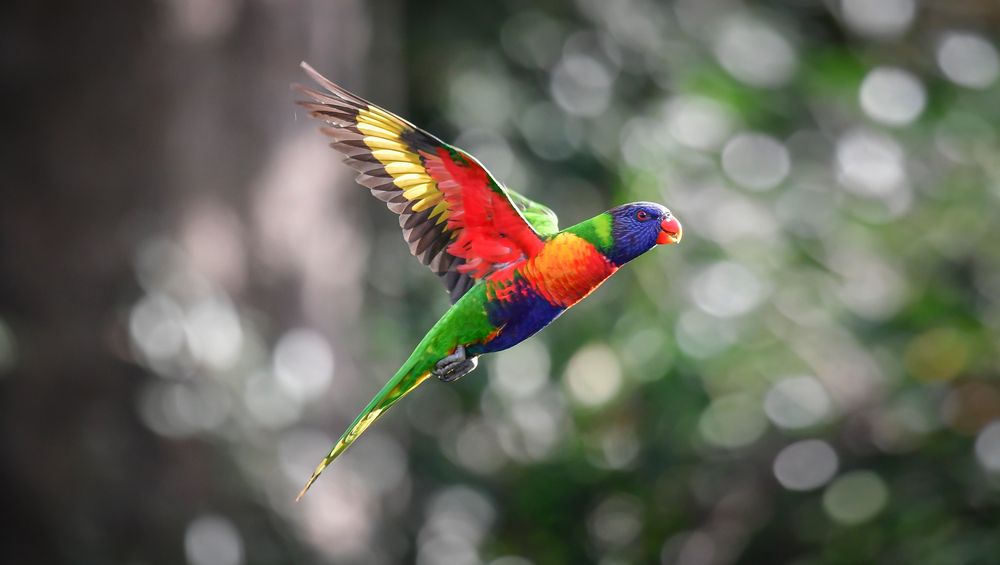
List Of Animals That Start With L
We have created a list of animals beginning with L for quick reference. For more pictures and details about any of the animals on the list, click on their names to find out more...
| Rank | Animal |
|---|---|
| 1 | Lion |
| 2 | Llama |
| 3 | Lemur |
| 4 | Lobster |
| 5 | Lovebird |
| 6 | Leaf-Tailed Gecko |
| 7 | Lynx |
| 8 | Ladybird |
| 9 | Lizard |
| 10 | Locust |
| 11 | Loggerhead-Sea-Turtle |
| 12 | Lemming |
| 13 | Longhorn Cowfish |
| 14 | Lapwing |
| 15 | Leopard Seal |
| 16 | Leech |
| 17 | Lionfish |
| 18 | Little Brown Bat |
| 19 | Lungfish |
| 20 | Labrador |
| 21 | Loris |
| 22 | Lamprey |
| 23 | Lacewing |
| 24 | Lion's Mane Jellyfish |
| 25 | Loon |
| 26 | Lakeland Terrier |
| 27 | Loach |
| 28 | Lorikeet |
| 29 | Longhorn Cattle |
| 30 | Langur |
| 31 | Lyrebird |
| 32 | LaMancha Goat |
| 33 | Leafcutter Ant |
| 34 | Long Eared Jerboa |
| 35 | Leafy Sea Dragon |
| 36 | Long-Eared-Owl |
| 37 | Leopard Tortoise |
| 38 | Long-Nosed Leopard Lizard |
| 39 | Longnose Gar |
| 40 | Leopard |
| 41 | Lammergeier |
| 42 | Liger |
| 43 | Leopard Cat |
| 44 | Long Nosed Snake |
| 45 | Leatherback Sea Turtle |
| 46 | Leonberger |
| 47 | Leopard Gecko |
| 48 | Leafcutter Bee |
| 49 | Long-Tailed Tit |
| 50 | Leopard Frog |
| 51 | Louse |
1. Lion

The king of the jungle, if you will. Male lions are easily identifiable from the furry mane around their necks. You have probably heard many stories about this wonderful animal, some heroic and others more on the dangerous side. Their appearance is imposing for sure, they are large, strong cats with a mane that are their crowning glory. Most lionesses are the hunters.
2. Llama
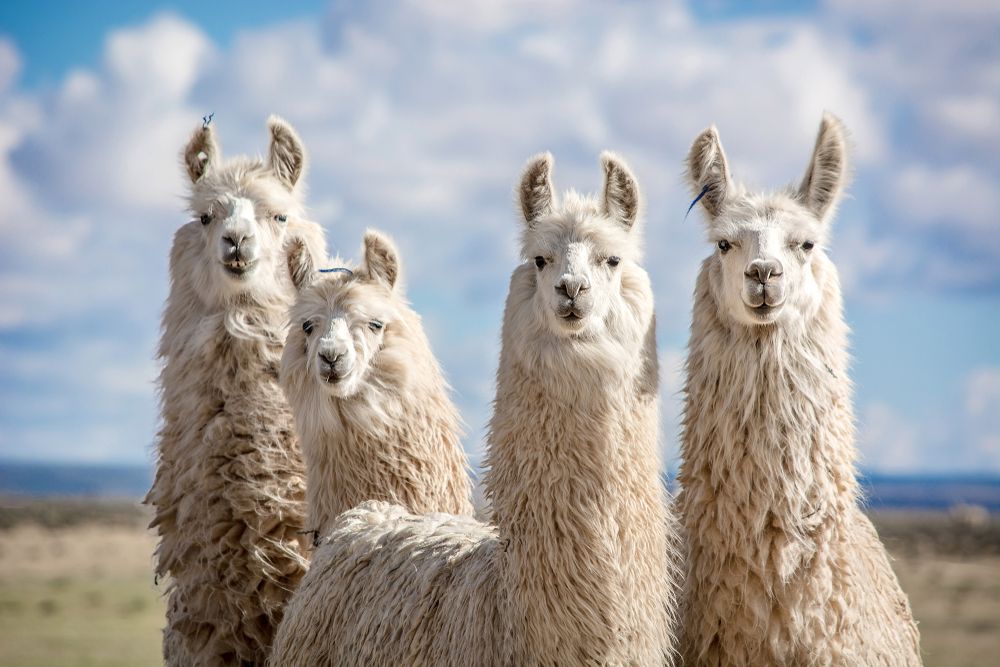
This one should be worth double points as it starts with a double L! Llamas are intelligent, social, herd animals. However, when they are annoyed they spit. You can tell how annoyed they are from what is in their spit. The more annoyed they are, the further they will reach back in their stomach for material.
3. Lemur

Don't be fooled by their innocent appearance, for they are extremely territorial and hostile to creatures that invade their land. They jump between trees quickly with great ease, so it is really hard to catch them off guard if you were one of those invaders.
4. Lobster

They are known for their great strength and for how they taste. Their large claws are dangerous, so it is important to be aware of your surroundings when handling these majestic creatures. Their shells are so hard that even the strongest hunters struggle to penetrate them.
5. Lovebird
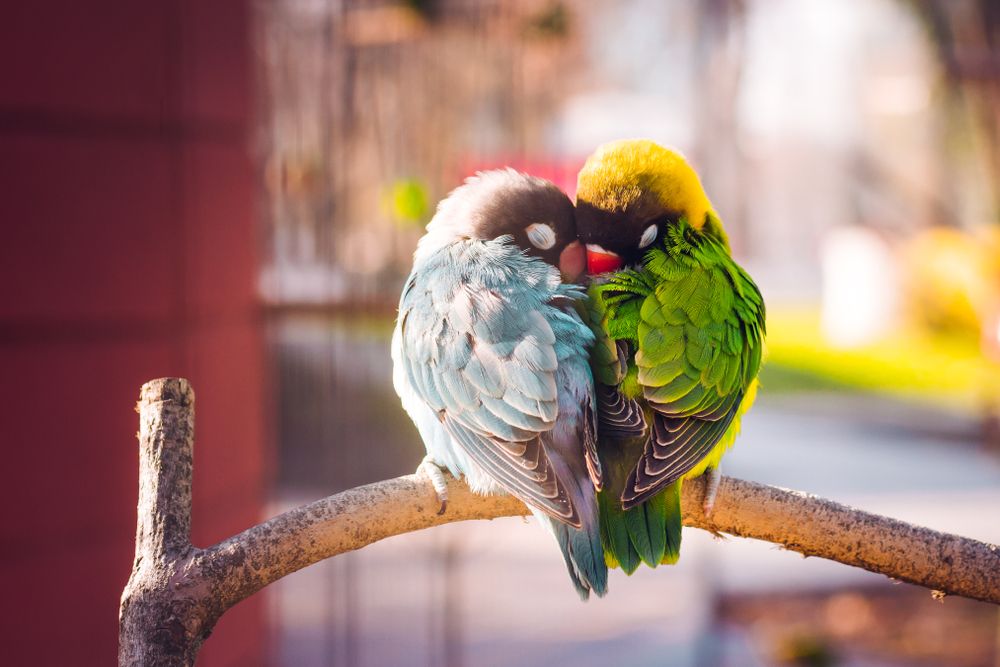
Lovebirds affectionate nature earned them their name. It is clear from the picture above why. These little birds bring are so sweet and their caring nature and strong partnership bonds make them impossible not to love!
6. Leaf-Tailed Gecko
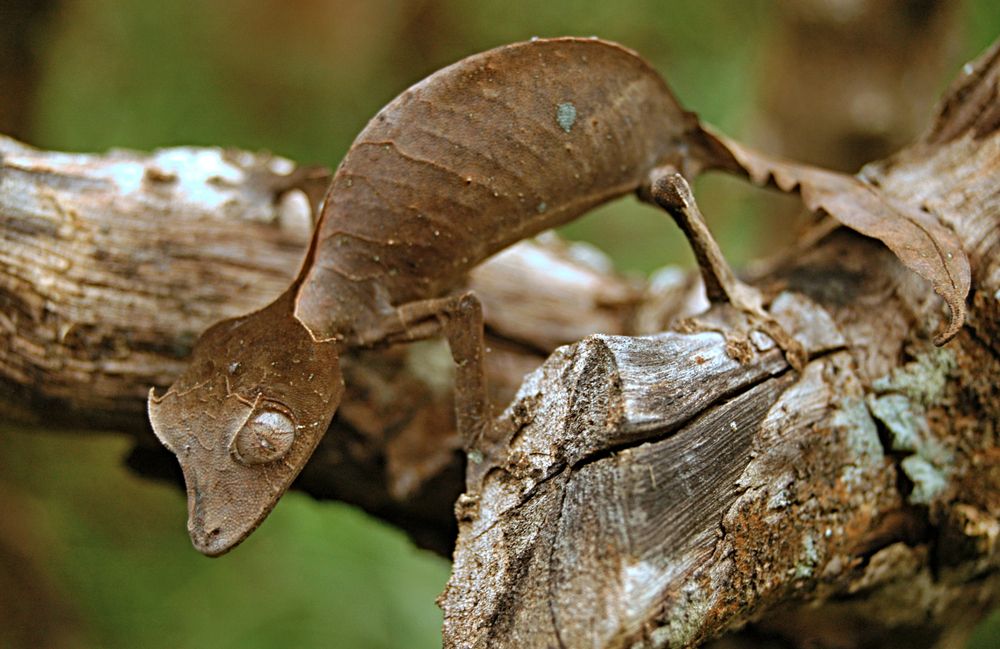
The leaf-tailed gecko is a small, nocturnal inquinoreal creature with large eyes for night vision. Its leafy looking tail helps it camouflage into the dense forests of Madagascar and can shed its tail when in danger. Its scientific name is Uroplatus Phantasticus but we will not even attempt to say that one. This one is technically a type of gecko but it does start with an L.
7. Lynx
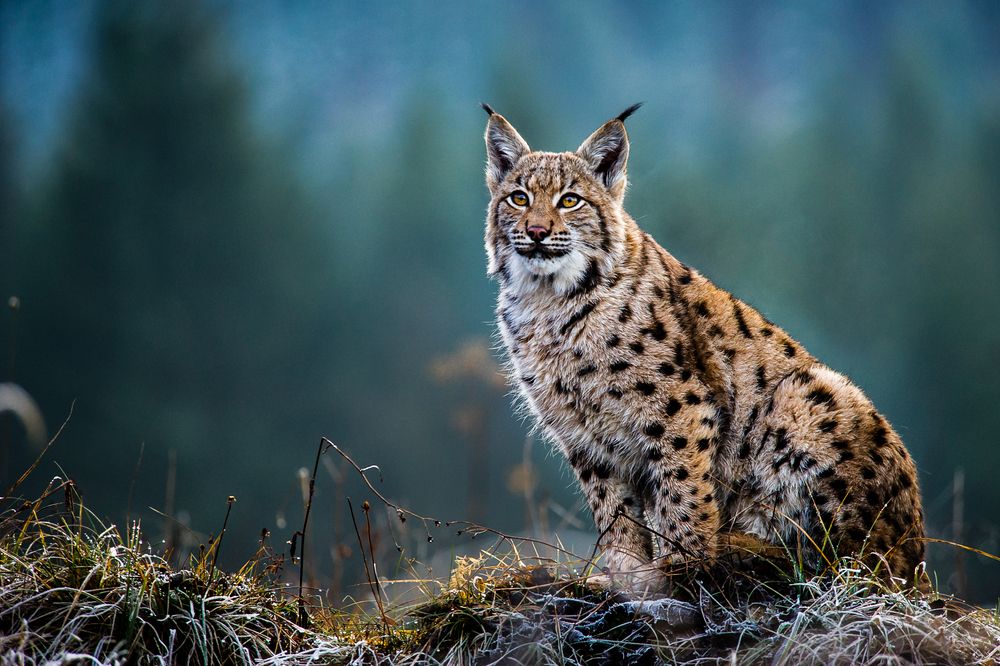
These animals are very territorial; they will defend their land if necessary. It is because of their exceptional hunting skills that makes them fierce adversaries. To make matters worse, they can reach heights of up to 4 meters (13 ft) off the ground, which should help you understand why climbing a tree won't do you any good when faced with one of these beautiful creatures.
8. Ladybird

These insects are a symbol of beauty and a harbinger of good weather, however you should be aware that they have been known to bite some people. They are the ones that have the red shell, but there is also a wide array of other colors and patterns.
9. Lizard

They are cold-blooded animals that can be found throughout the forest. They vary greatly in size, some of them reaching more than 1 meter (3 ft) long. They feed on smaller creatures like insects and rodents, but they will also prey upon small reptiles if they get too close to their territory.
10. Locust

A plague on the fields, for they eat all the crops in their path. They are possibly one of the most terrifying sights that any farmer could see. With hundreds of them swarming together it is almost impossible to get rid of them with conventional means.
11. Loggerhead Sea Turtle
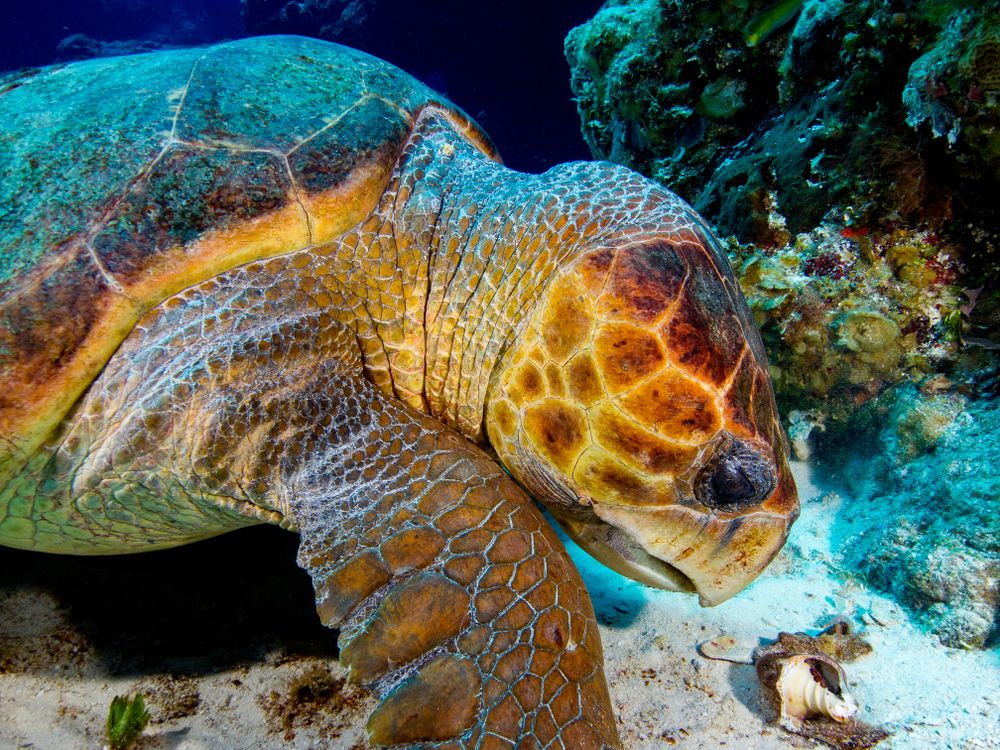
Loggerhead sea turtles are a species of turtle found in the Atlantic, Pacific, and Indian Oceans. They have a large head and strong jaw, hence their name Loggerhead. These reptiles can grow up over 1 m (3 ft) long and can weigh over 150kg.
12. Lemming
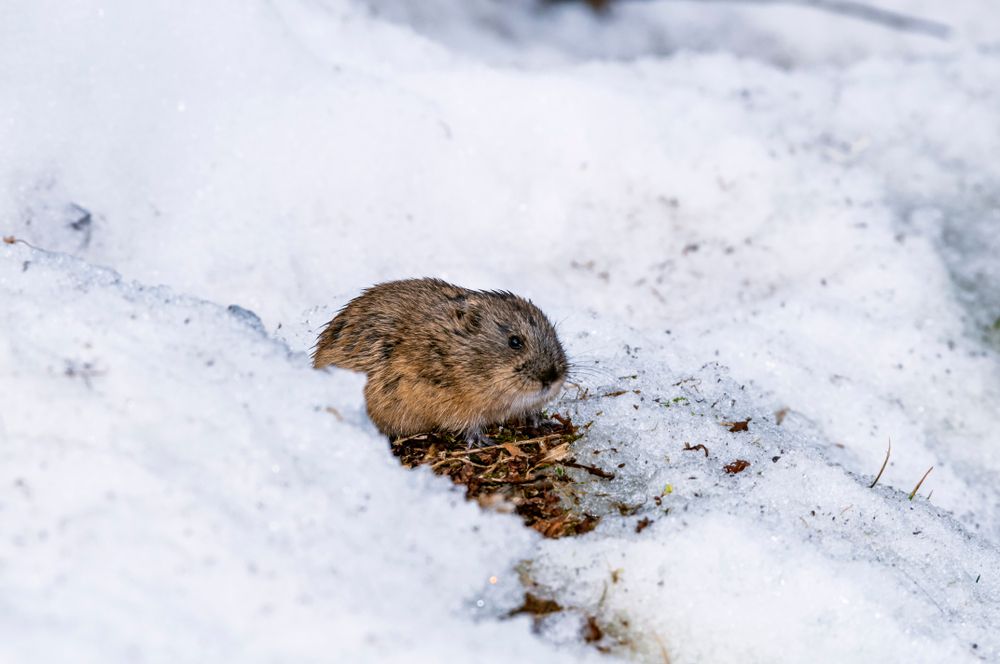
These small rodents live in large groups, and if one of them decides to do something then the other ones just move along. The problem is that they tend to commit mass suicide by jumping off cliffs and into rivers together. To help prevent this from happening, we should send patrols out to capture these creatures as soon as possible.
13. Longhorn Cowfish
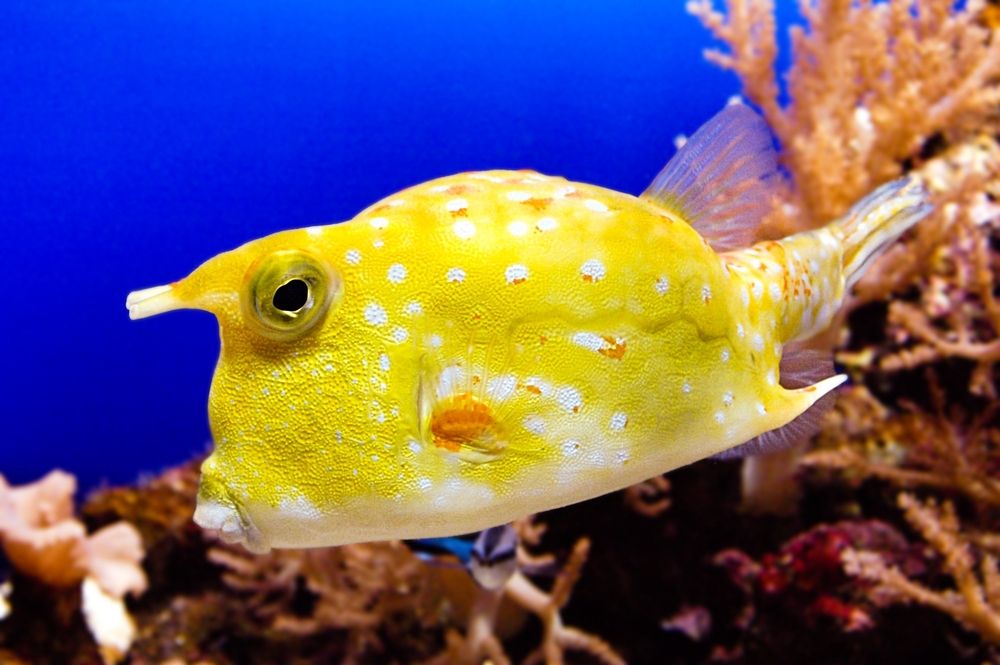
The Longhorn Cowfish is a marine mammal with a unique physiology. It has a pair of horns resembling those of a cow. They have two defences against predators. The first is a toxin they secrete through their skin. The second is their horns (no prizes for guessing that one though).
14. Lapwing

These birds are easily identifiable from their rounded wings. They are mostly found near open spaces and flock in the winter. In warmer months the disperse for their breeding season. Most importantly for this article, the first letter of their name is an L.
15. Leopard Seal

Okay, so the first word starts with an L so we're allowing this one. Leopard seals are the second largest species of seal in the Antarctic, averaging 2.5-3 m (8 ft) and 300 kg (660 lb), with maximum weights of over 500 kg (1,100 lb) not unusual. These predatory mammals have a distinctively patterned black-and-white coat, which is thought to serve as camouflage. The leopard seal live primarily in the coastal regions of Antarctica and feed on a wide variety of marine mammals.
16. Leech
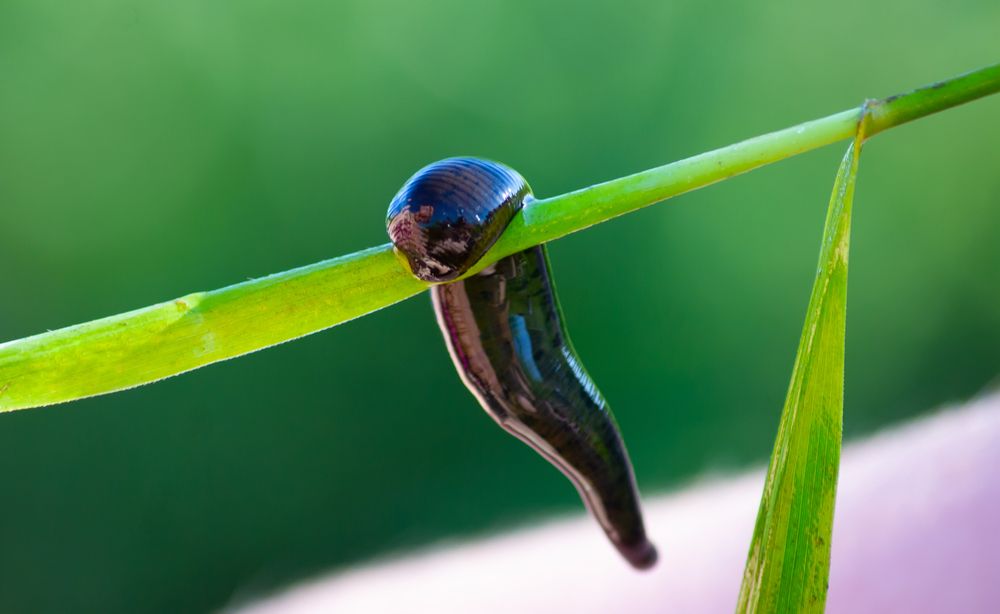
A leech is a worm-like bloodsucking invertebrate animal with an elongated body. Leeches are parasites which obtain food by consuming the blood of other animals or humans. Leeches are segmented worms ranging from 5 mm to 7 cm, depending on the species. The leech has jaws with sharp cutting plates making them able to pierce blood vessels of the host. An anticoagulant in their saliva prevents clotting as they suck blood.
17. Lionfish

The lionfish is a predatory fish that lives in the warm coastal waters of the Indian and Pacific Oceans. Lionfish are known for their beautiful appearance, their deadly venom, long spines, and for being invasive species that are causing ecological problems on many coasts around the world. Lionfish are also noted for their simple stripes consisting of alternating red and white markings.
18. Little Brown Bat
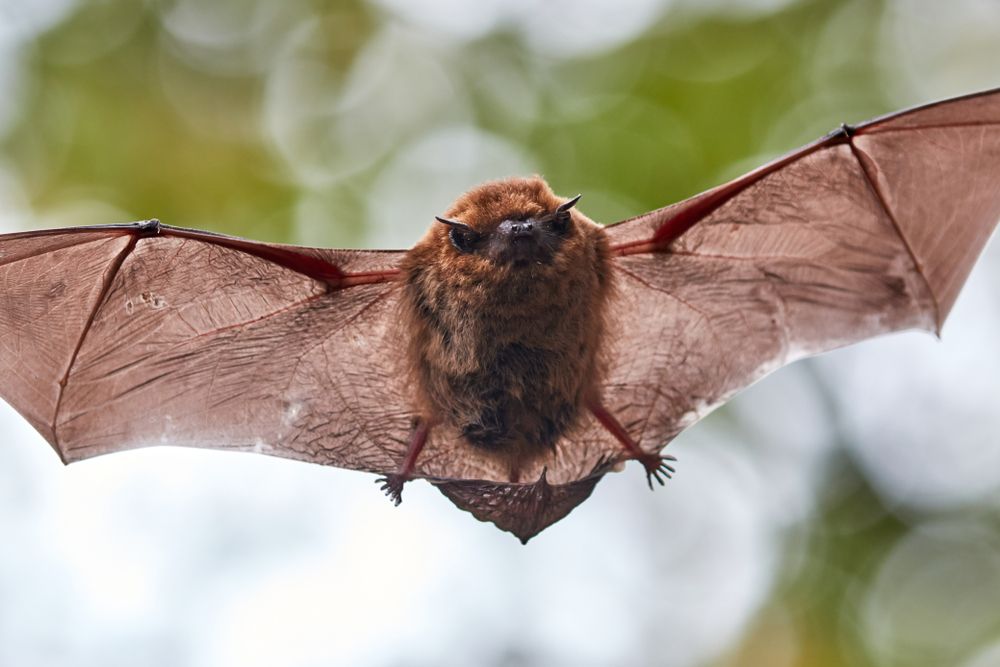
You may think I am breaking the rules with this one but it is legitimate. The species is genuinely called the Little Brown Bat and that begins with an L. Their fur is a chestnut-brown color and they have two fangs.
19. Lungfish
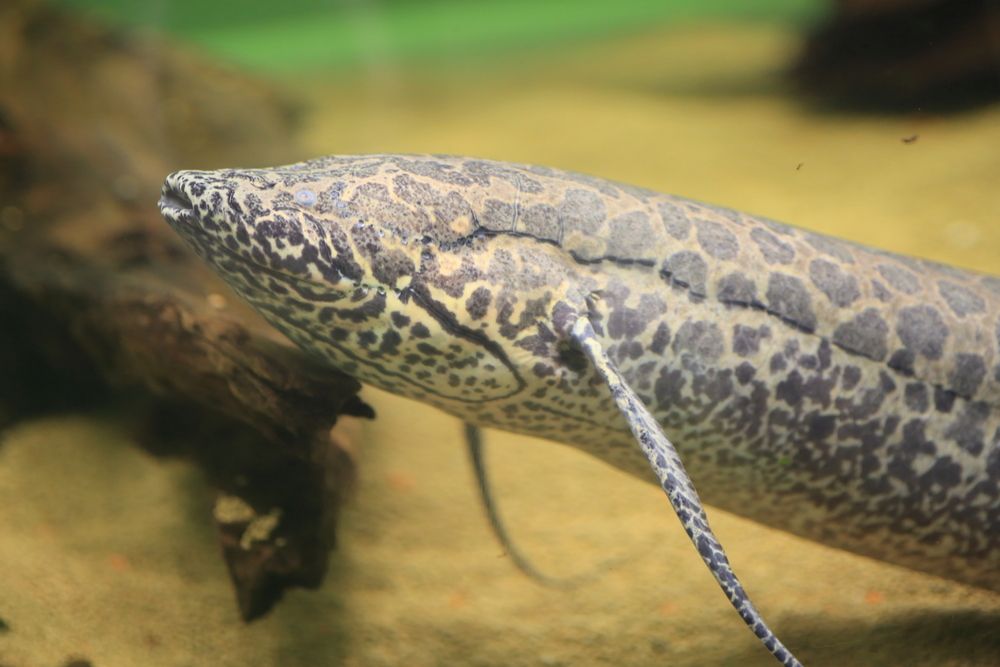
The Lungfish is a freshwater fish with a long and thin body, which resembles the lungs of mammals. The first fossils resembling modern lungfish were uncovered in Africa date back to the late Devonian period over 400 million years ago.
20. Labrador
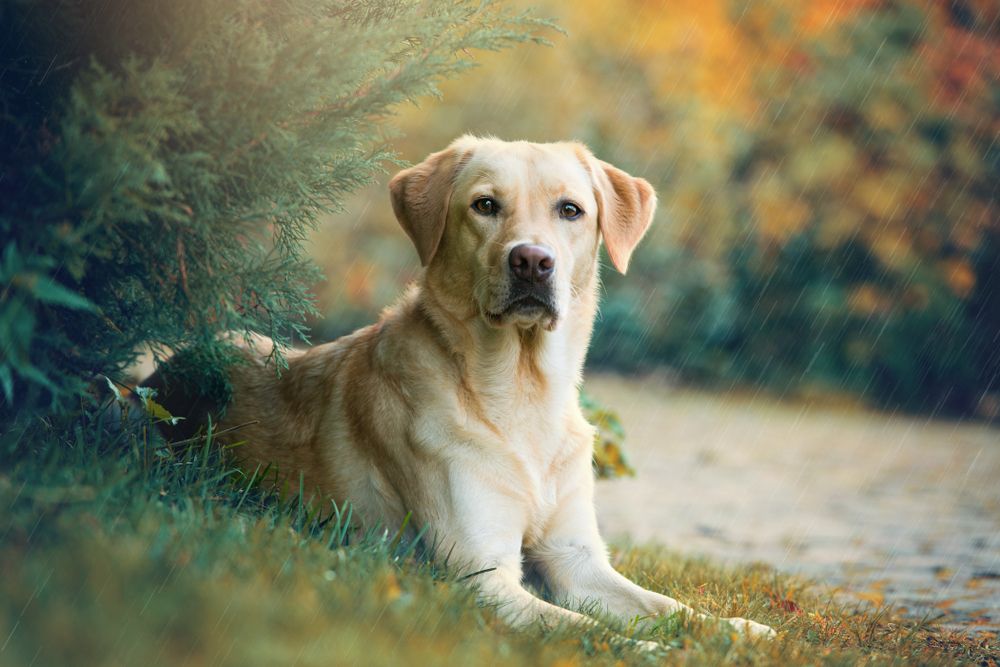
A Labrador is a hunting dog. They are also called Labradors, labs, or Labrador Retrievers.While there are different variations for this type of breed, they all share the same general characteristics: kind-tempered, eager to learn, social with family and children. They are a popular animal and make great pets.
21. Loris
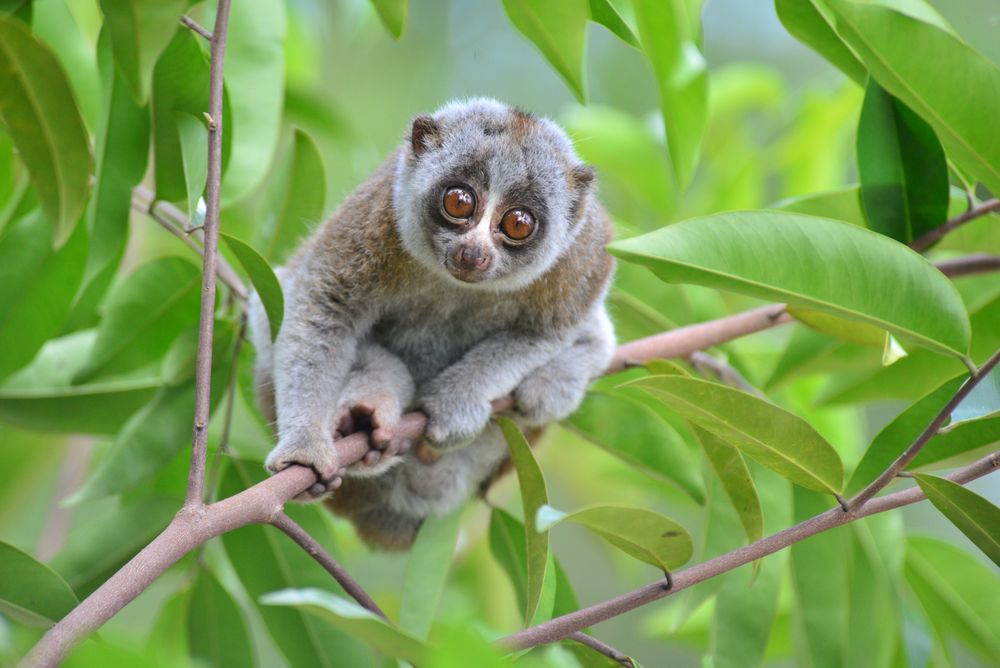
Instantly recognizable from their eyes, these cute primates spend most of their time in the trees. The don't move fast and they tread carefully. Loris's large eyes allow them to take in a lot of light.
22. Lamprey
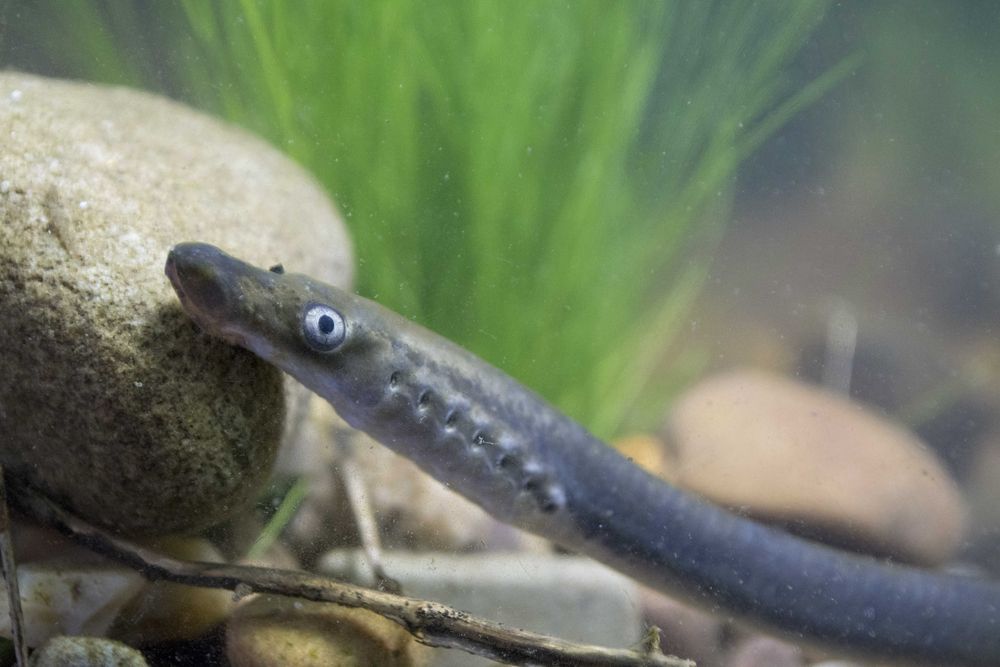
Lampreys are eel-like, jawless vertebrates that belong to the Petromyzontiformes. Lampreys attach themselves to other fish, they suck on the fish's body until it dies, then they fall off to digest their meal.
23. Lacewing
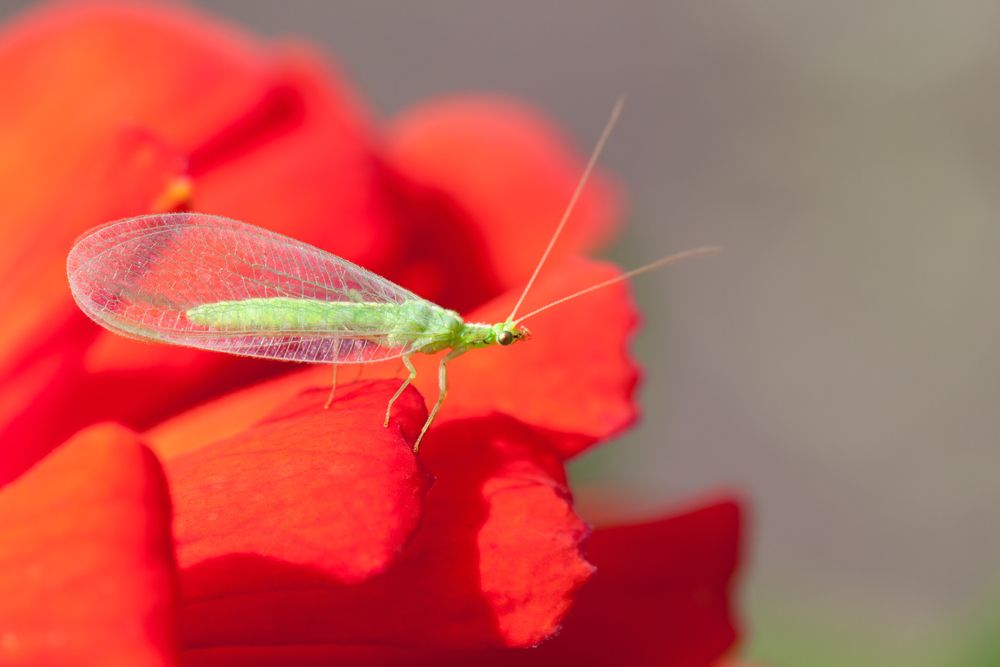
Lacewings are most notable for their bright colors and their small, delicate bodies. Adults have long antennae and four membranous wings covered in veins. They tend to be pale green in color, sometimes with blue or yellow markings on the wings; some species also possessing red eyes.
24. Lion's Mane Jellyfish
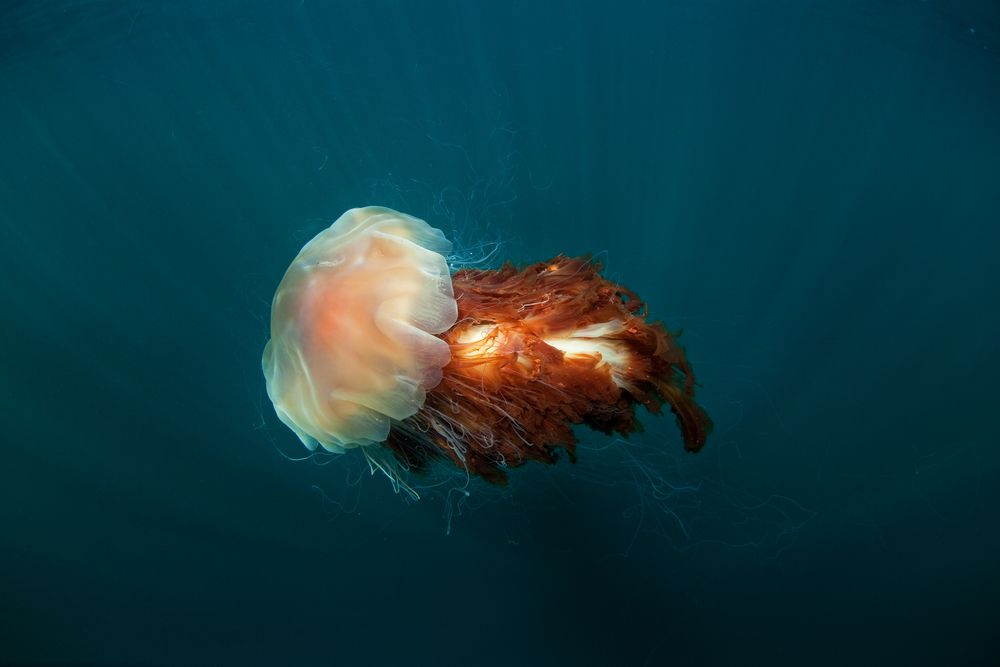
The Lion's Mane Jellyfish gets its name from its magnificent long red tentacles. Its tentacles can grow over 30 meters long so its best to keep a good distance from these creatures. It moves by using its muscles to extend the bell and then contracting to propel itself through the water.
25. Loon
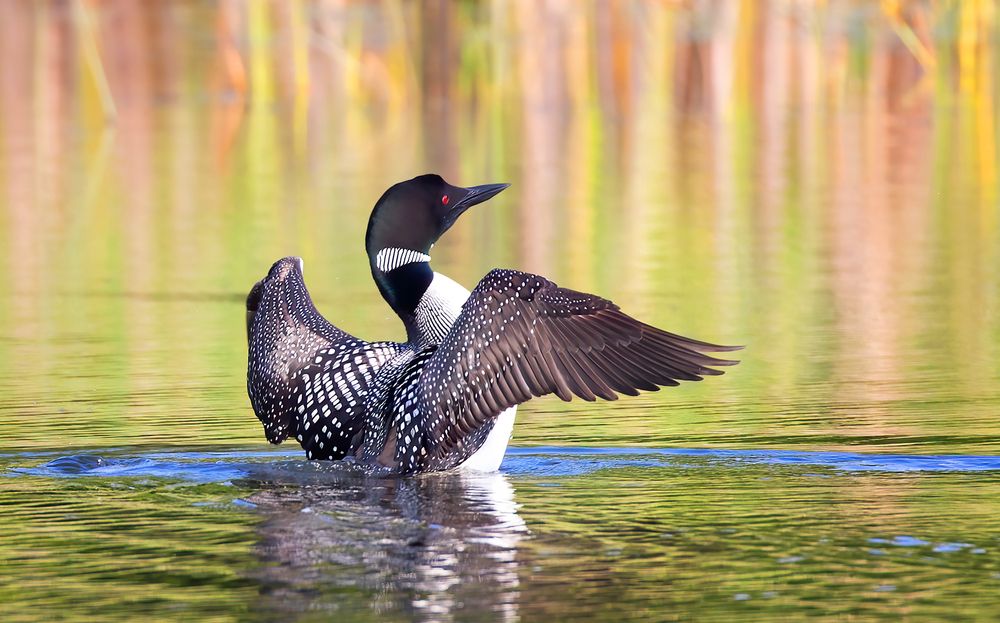
The loon is a medium-sized aquatic bird found in the northern hemisphere. Male and female loons look almost identical apart from the fact the males are slightly larger. Their webbed feet make them great swimmers both above and below the water.
26. Lakeland Terrier
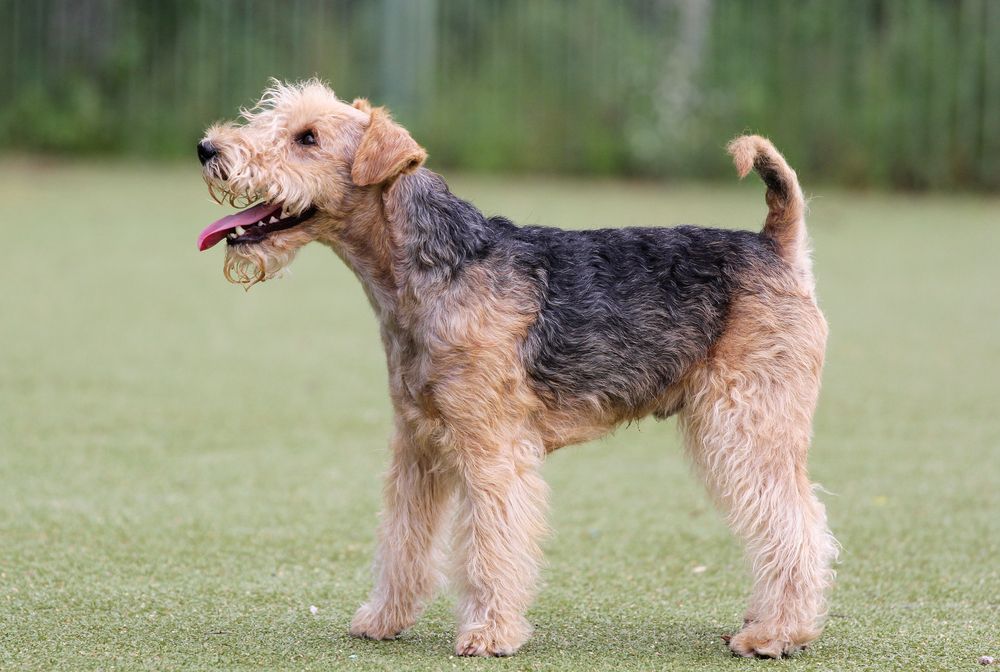
Lakeland Terriers are proud, cheerful and intelligent in nature. They can be a bit stubborn at times but they are known for being extremely loyal to their owners. The breed is quite independent in nature so if you don't have the time or patience to look after them do not opt for this breed.
27. Loach
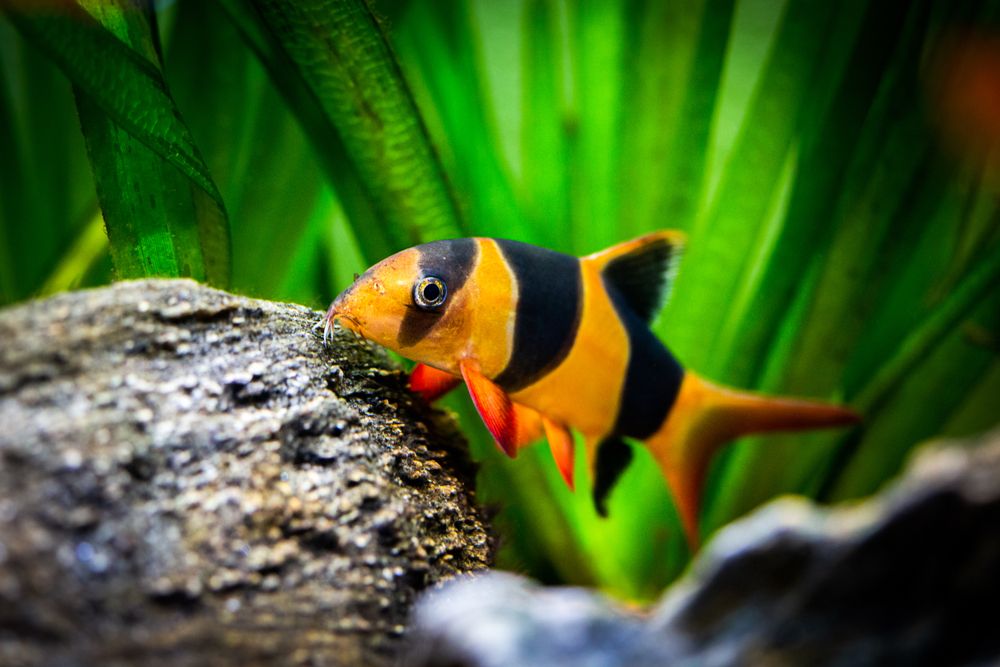
The loach above is a clown loach but there are many variates within this family. They live in freshwater and are often found in rivers.
28. Lorikeet
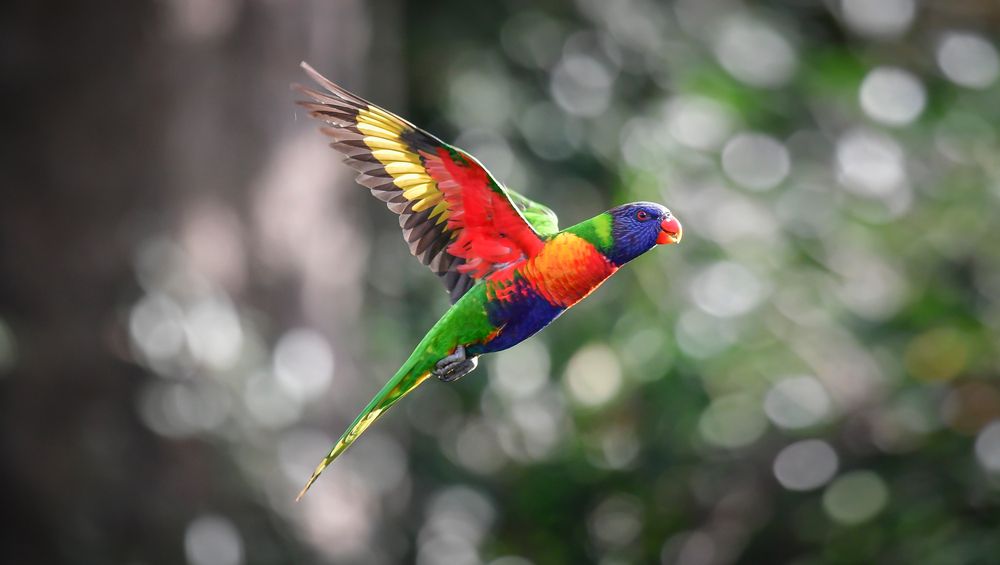
This colorful bird tropical species known as the Lorikeet. It is native to Australia and is found in forests along the coast. Their rainbow colors has led to many trying to keep them as pets.
29. Longhorn Cattle
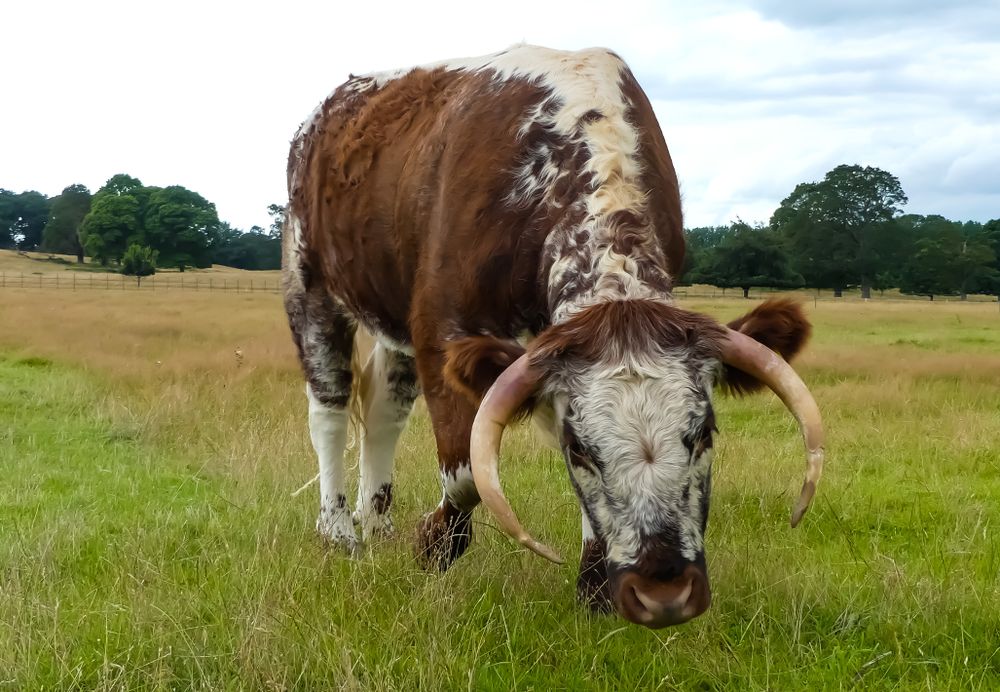
Longhorn cattle are much loved in the UK. So much so that the Longhorn Cattle Society was set up as a registered charity to "promote and improve the breeding of the ancient and magnificent English Longhorn Cattle".
30. Langur
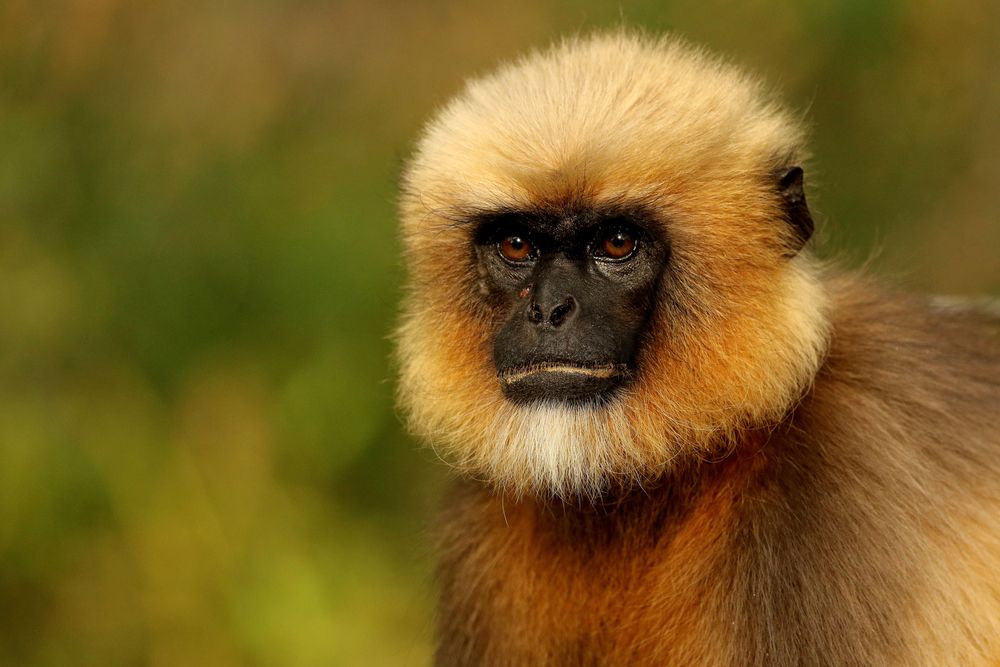
Most Langurs live in or around mountainous forests at high altitudes where they feed mostly on leaves and fruits of a variety of different plants. Langurs have opposable thumbs on their feet which helps them to grasp the leaves they eat, and also to move around trees with speed and grace.
31. Lyrebird
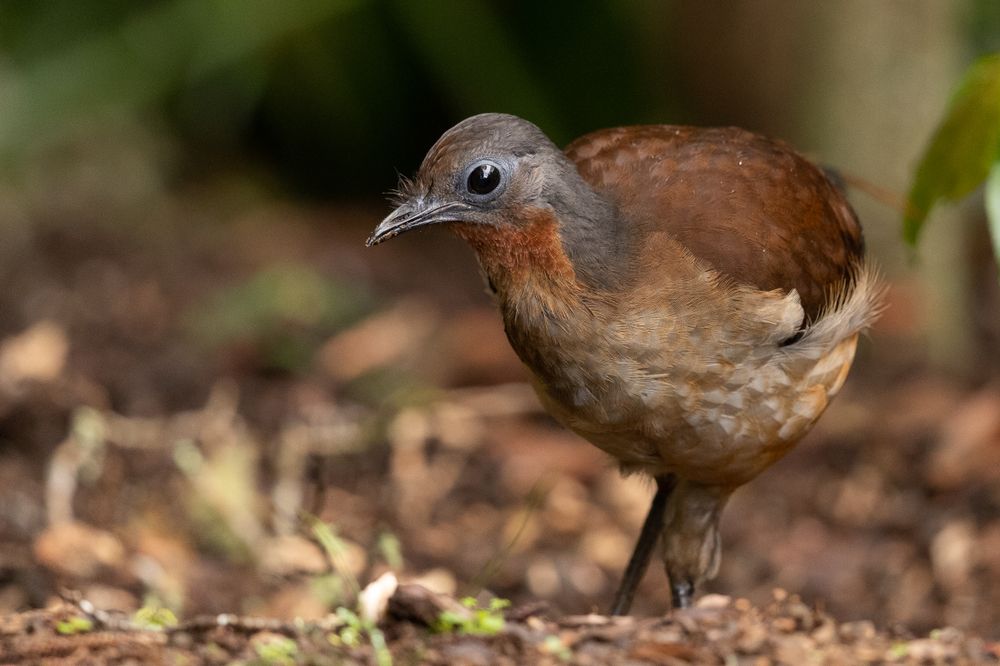
The lyrebird is famed for its ability to mimic sound. They can recreate the sounds of other birds, humans and even machinery. Their unique vocal ability has made them one of Australia's most famous animals, and the subject of much scientific research.
32. LaMancha Goat
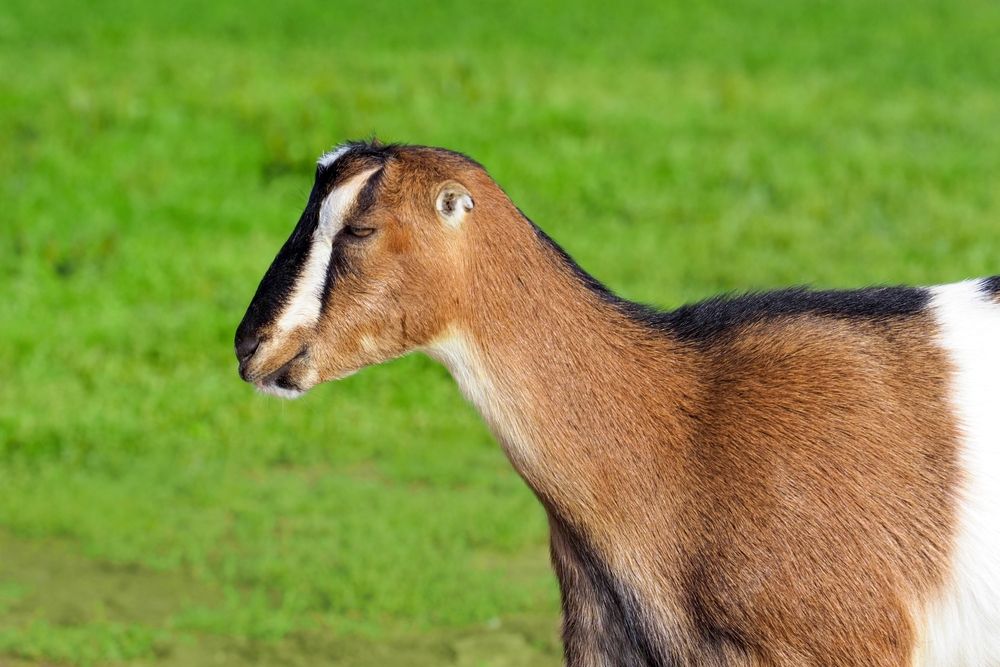
Lamancha's are very short-haired, dairy goats. They are instantly recognizable from the uniquely short ears.
33. Leafcutter Ant
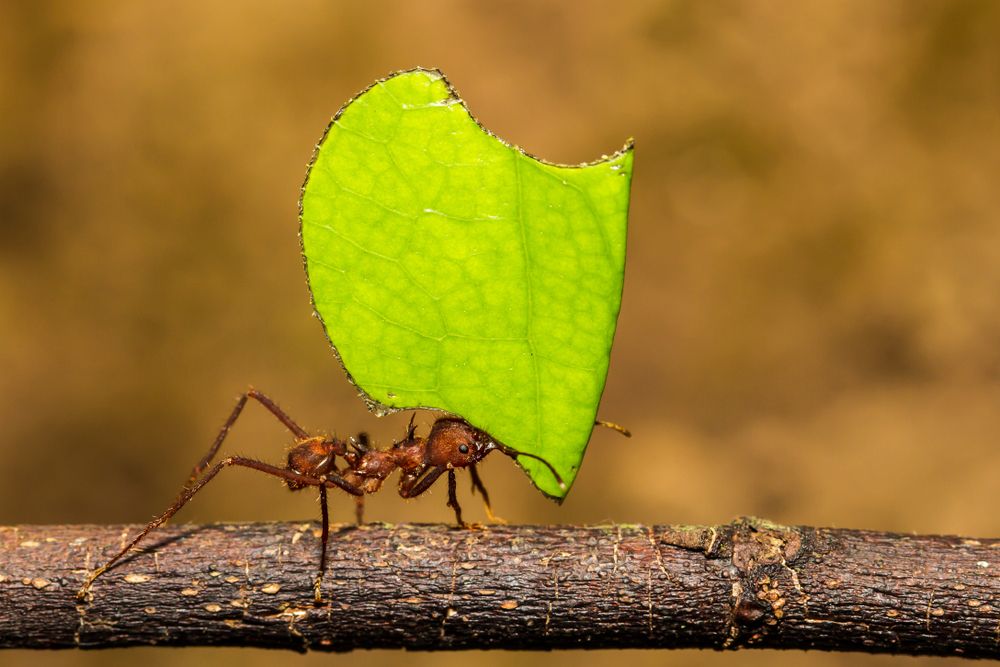
They are named 'leafcutter ants' because they cut pieces off the leaves in order to bring them back to their nests. Leafcutter ants are one of the most fascinating ants because, unlike other species, they practice farming. They cut pieces from living leaves and bring them back to their nests as substrate for cultivation of a fungus, which is their main food source.
34. Long-Eared Jerboa
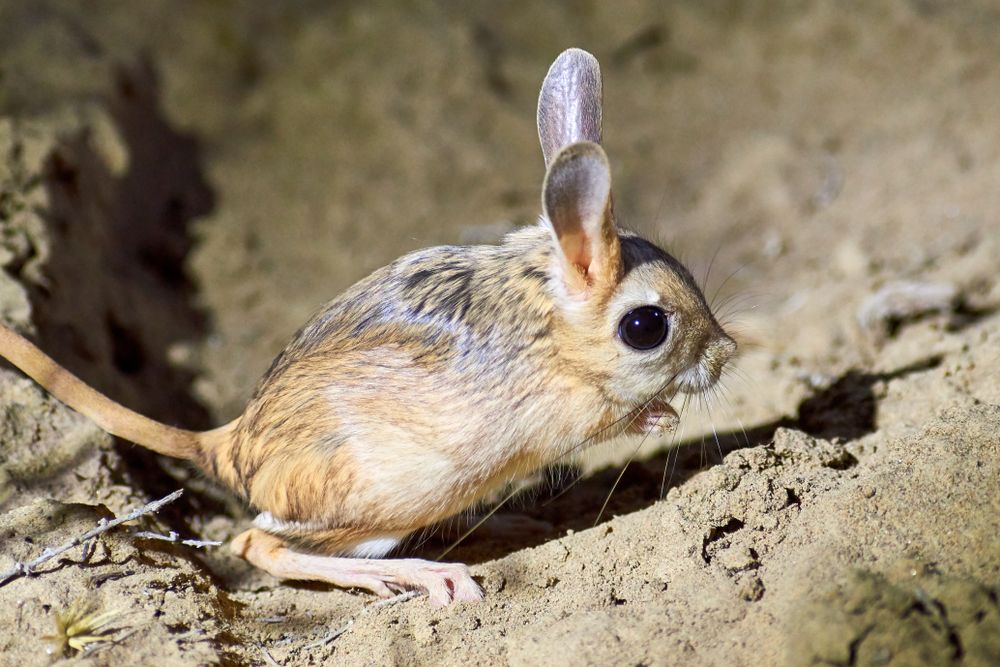
You might have guessed from the name that these little animals have large ears. This rodent has large rear legs too, and a tail that is twice the size of its body. They might be small in size but they are fast, hitting nearly 25kph at top speed.
35. Leafy Sea Dragon
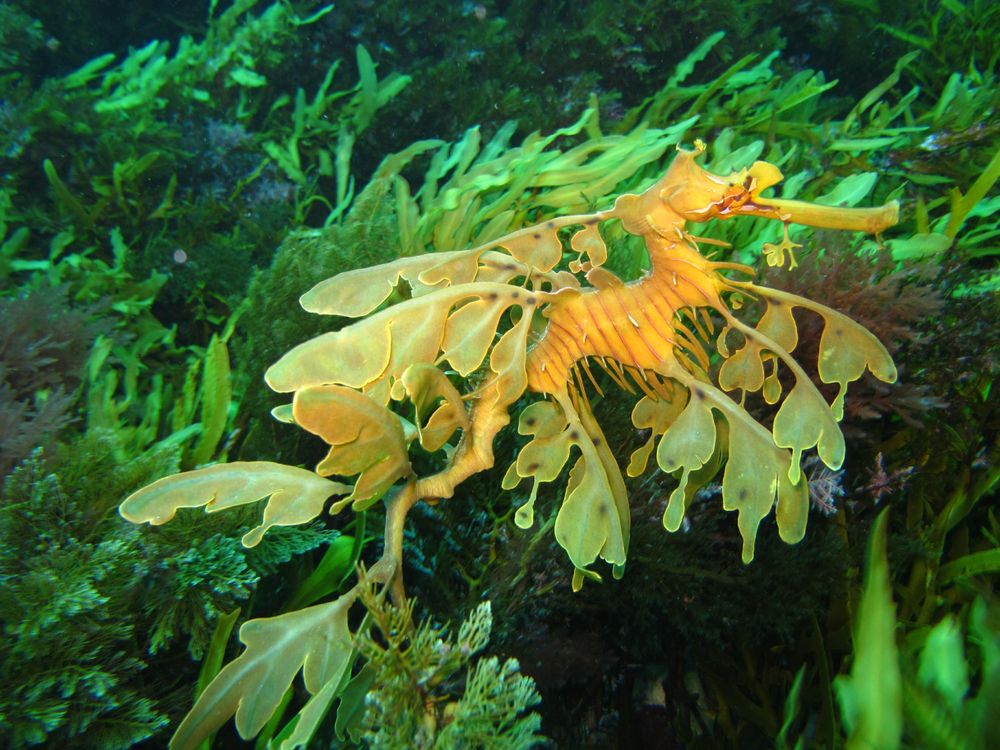
You may not know it because of how well camouflaged they are but there is a Sea Dragon in the above photo. Their Leafy exterior helps them blend in with sea plants and avoid predators.
36. Long-Eared Owl
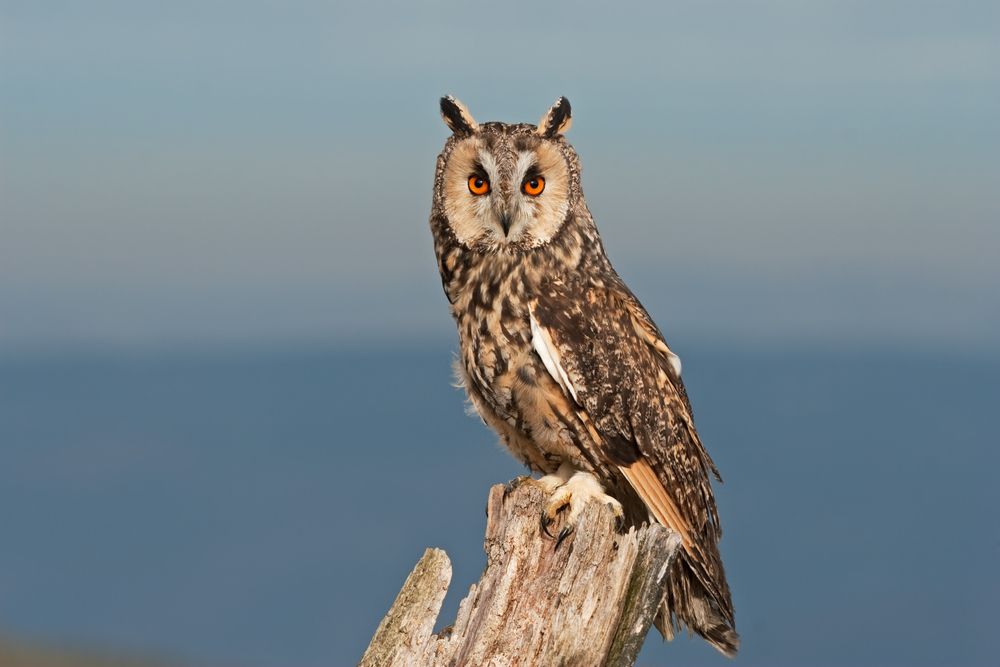
The long-eared owl's distinguishing physical characteristics include feather tufts, or ears, on its head, which are usually about an inch long. These feathers sometimes mean the owl is confused with a cat when viewed from afar. Long-eared owls are fairly small as far as owls go, typically only reaching about 15 inches in height with a wingspan of around 3 feet.
37. Leopard Tortoise
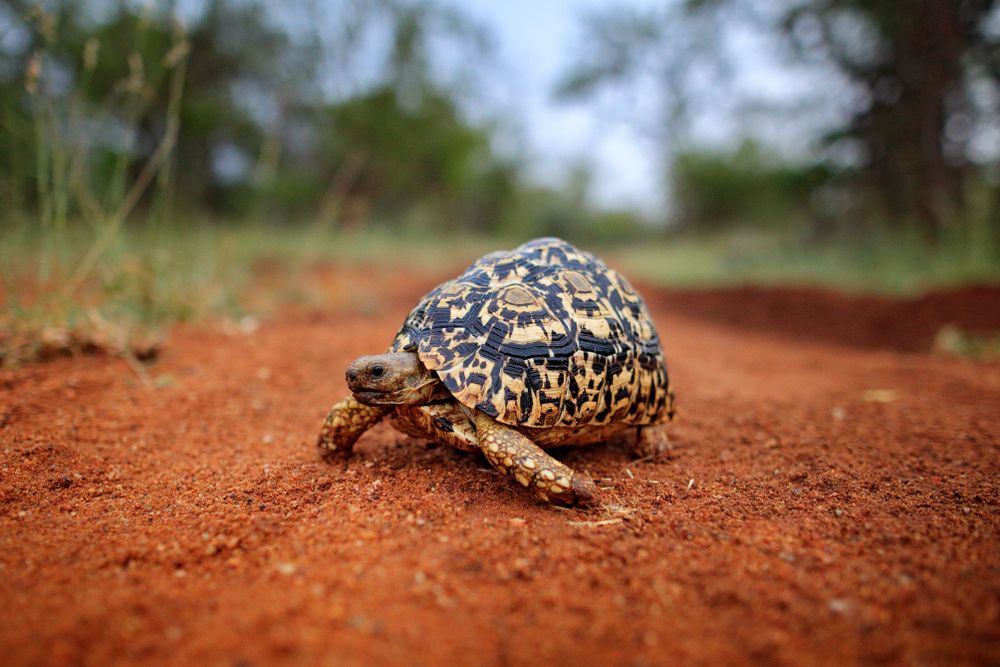
Leopard tortoises are herbivorous reptiles that live in dry grasslands and shrub-dominated arid areas near water. They have a highly domed shell that comes in a few different color variations: yellow with black or brown spots, or a dark olive green base color with a few geometric shapes on the top. Leopard tortoises are native to Somalia and parts of Ethiopia.
38. Long-Nosed Leopard Lizard
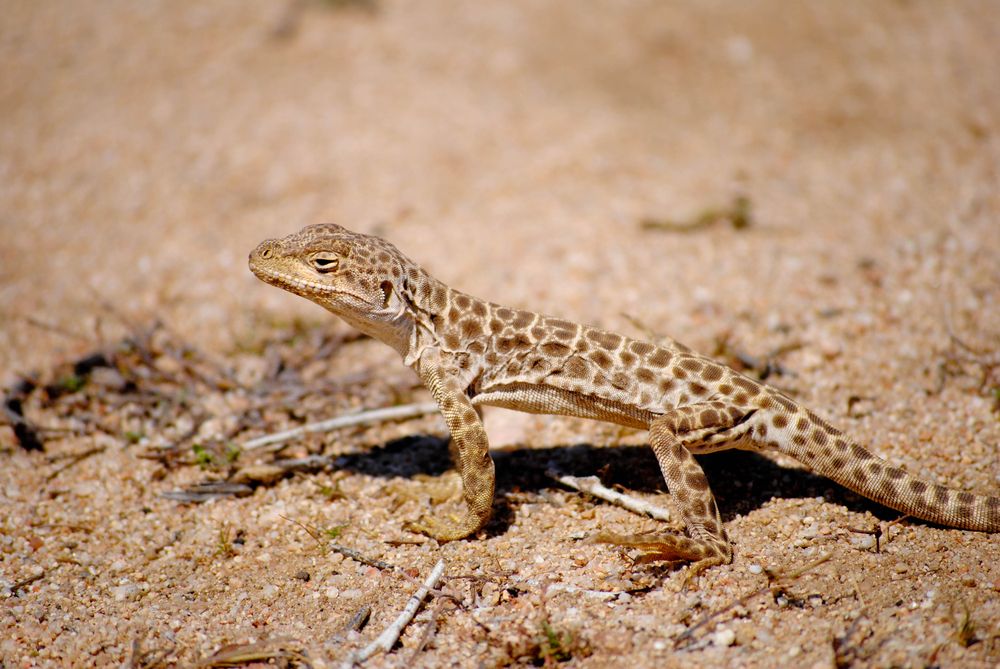
This lizard native to North America is famed for its spots. Long-nosed leopard lizards have large tails and you guessed it... long noses. These cold blooded creatures enjoy basking in the sun and scurrying across sand dunes. Don't be fooled by their cute exterior, these lizards are cannibals! There should be bonus points for this one as three parts of its name start with an L.
39. Longnose Gar
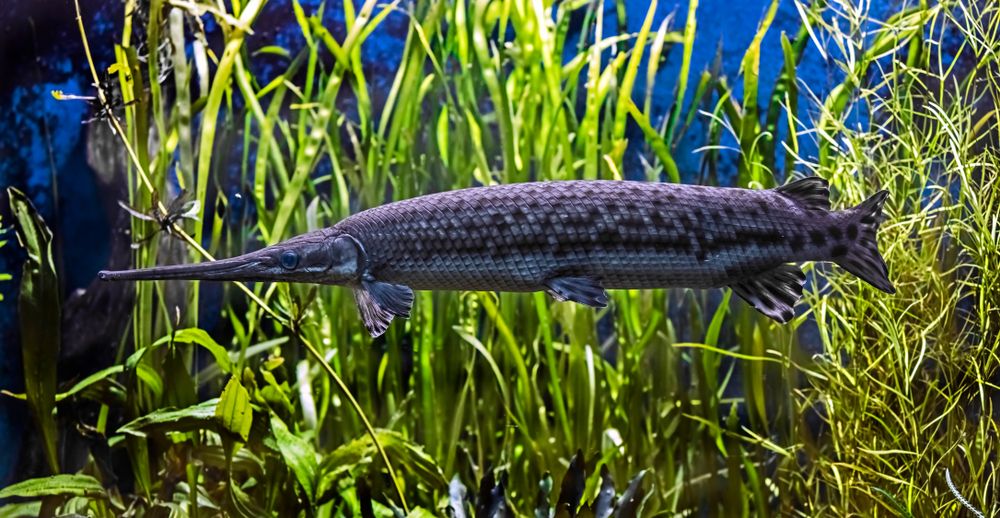
Longnose gar are noted for their elongated, flexible jaws. The snout of the longnose gar is much longer than most other species of gar and they have an arch in their dorsal fin.
40. Leopard

Leopards are famous for their stripes, and they're one of the most iconic big cats. The leopard is famous for its coat covered with black spots, which makes it one of the most beautiful cats in the world. Their black-spotted yellow fur allows them to blend into their surroundings while they hunt.
41. Lammergeier
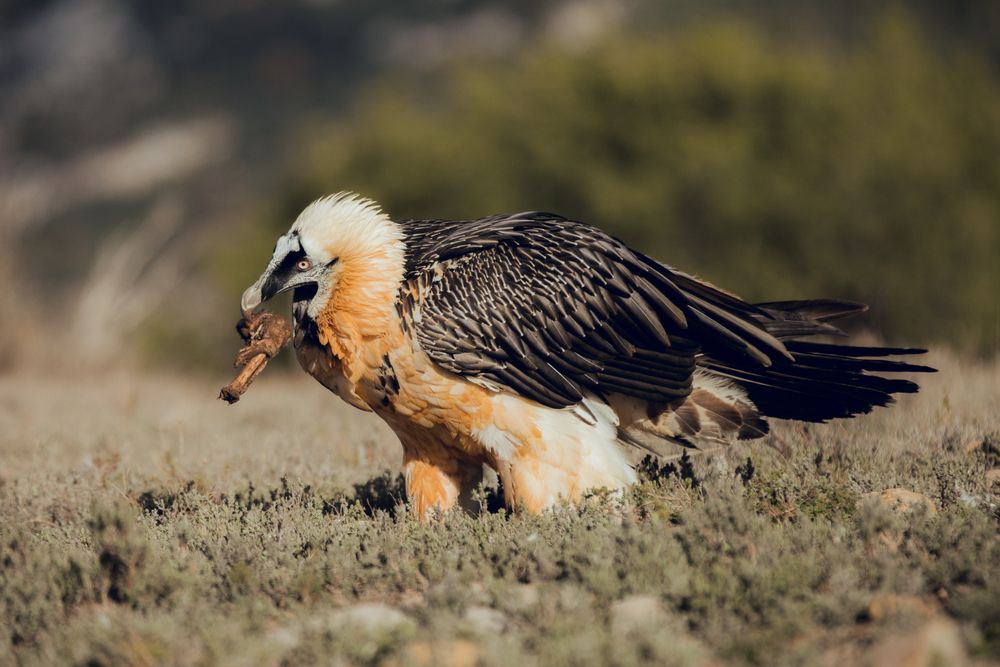
The Lammergeier is from the vulture family (which is where its other name, Bearded Vulture arose), and is currently critically endangered.
42. Liger
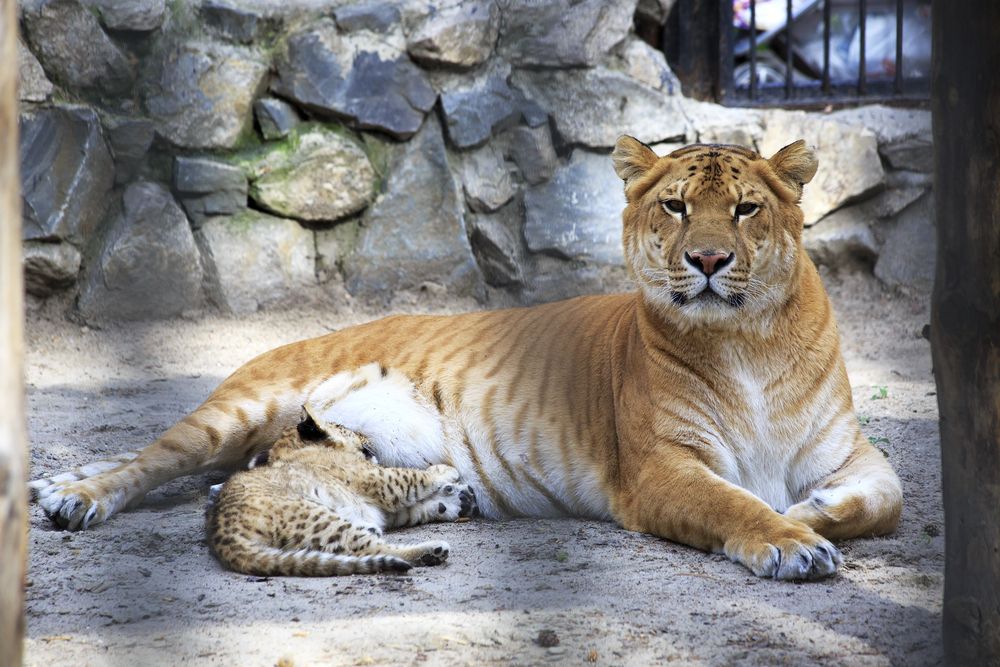
What do you get when you cross a male lion and a female tiger? This is not a joke question... You get a Liger.
43. Leopard Cat
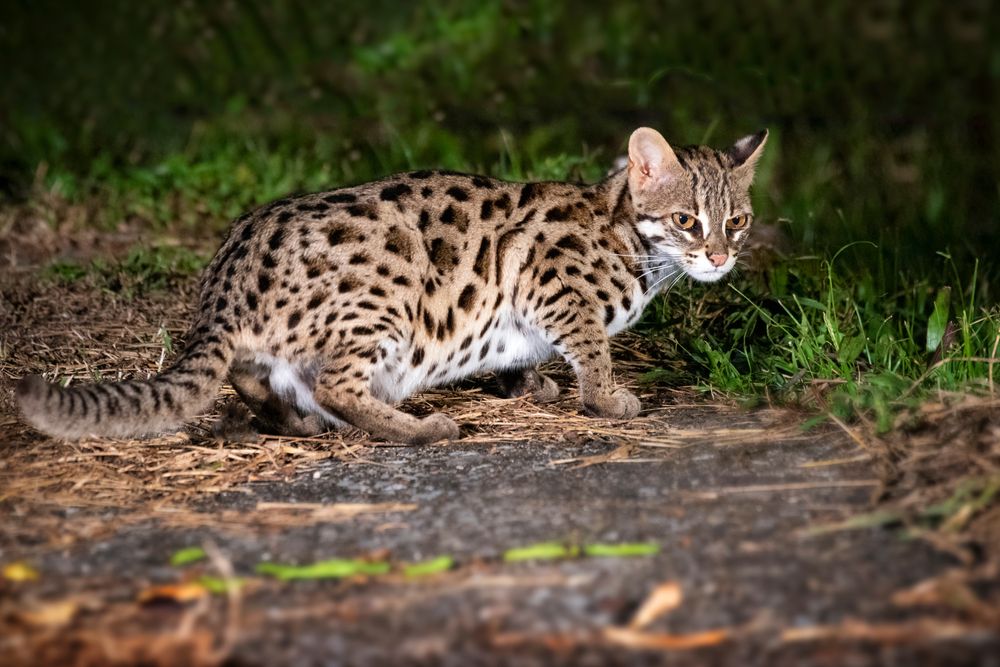
Leopard cats are native to Southeast Asia, but have been introduced elsewhere. They are roughly double the size of a household cat and are mostly solitary animals except when mating. Leopard cats can swim, climb trees and jump, making them formidable predators. Scientists refer to them as Prionailurus bengalensis.
44. Long-Nosed Snake
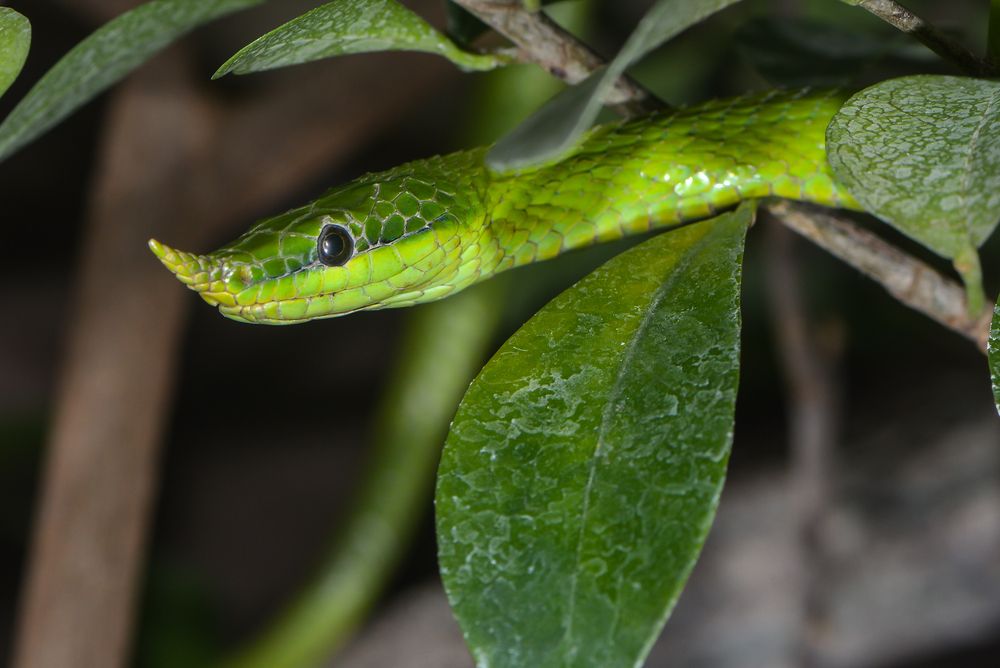
Long-nosed snakes are a species of pit vipers native to the Americas. They have very large nostrils that allow them to sense smells from far away, hence their name. Long-nosed snakes have heat-sensing pits on either side of the head, between the nostril and eye. These are used to find prey in the dark, because long-nosed snakes are nocturnal. They feed mostly on small rodents, but sometimes eat lizards or frogs.
45. Leatherback Sea Turtle
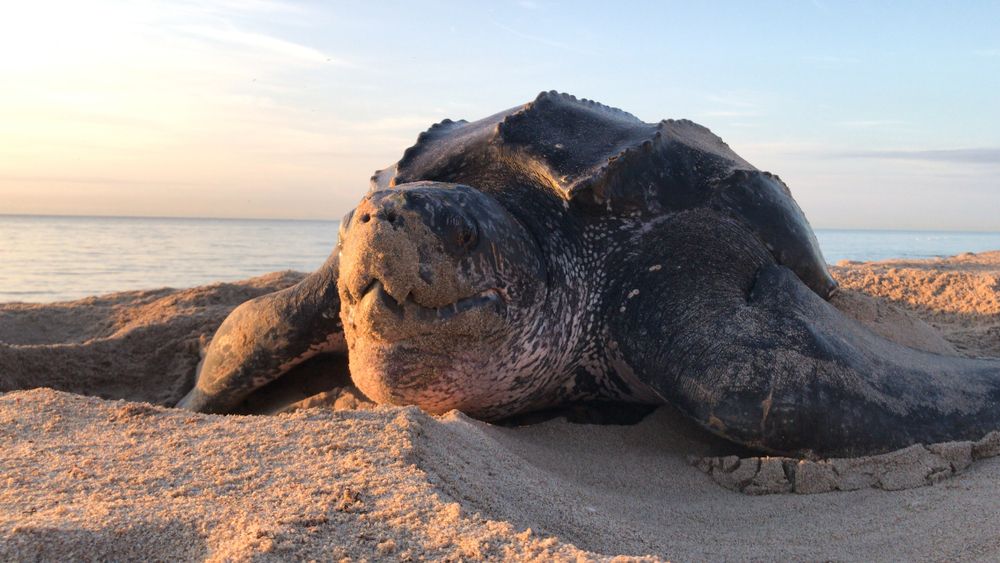
Leatherback sea turtles are easily recognized by their unique shell. The shell covers just 60% of their backs and has ridges that run from their neck to tail. Leatherbacks are the only sea turtles that do not have a hard shell. Instead, they have seven ridges of leathery skin which can flex and expand allowing them to swim fast and dive deep.
46. Leonberger
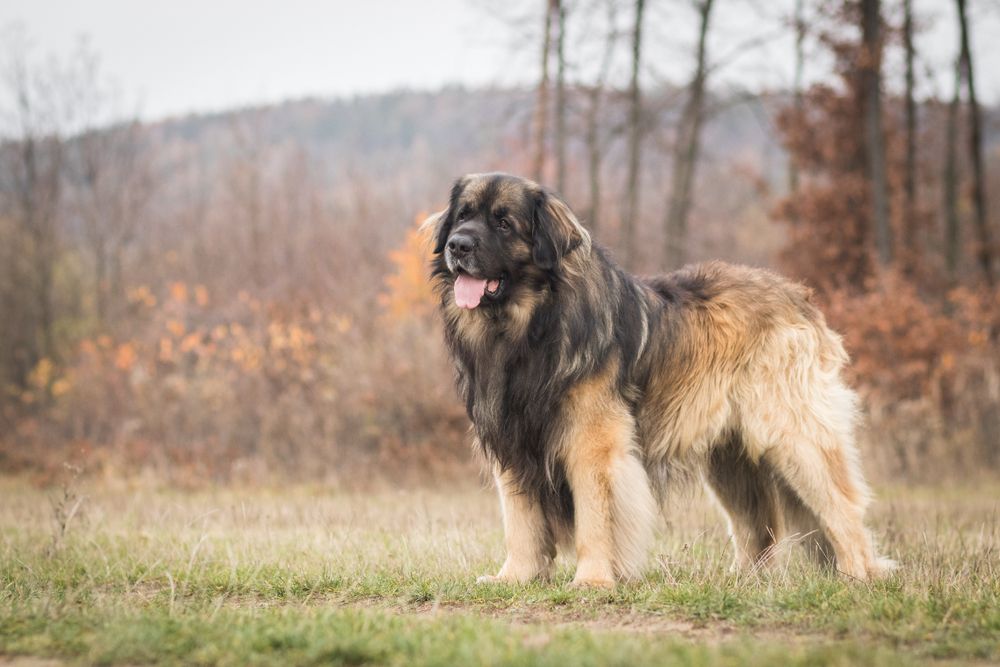
The Leonberger is a large working dog breed. They are often aid in water-based search and rescue. The breed was developed in the 19th century. Its name comes from the city of Leonberg, Germany. Many think breed has some visual similarity with Saint Bernards, do you agree?
47. Leopard Gecko
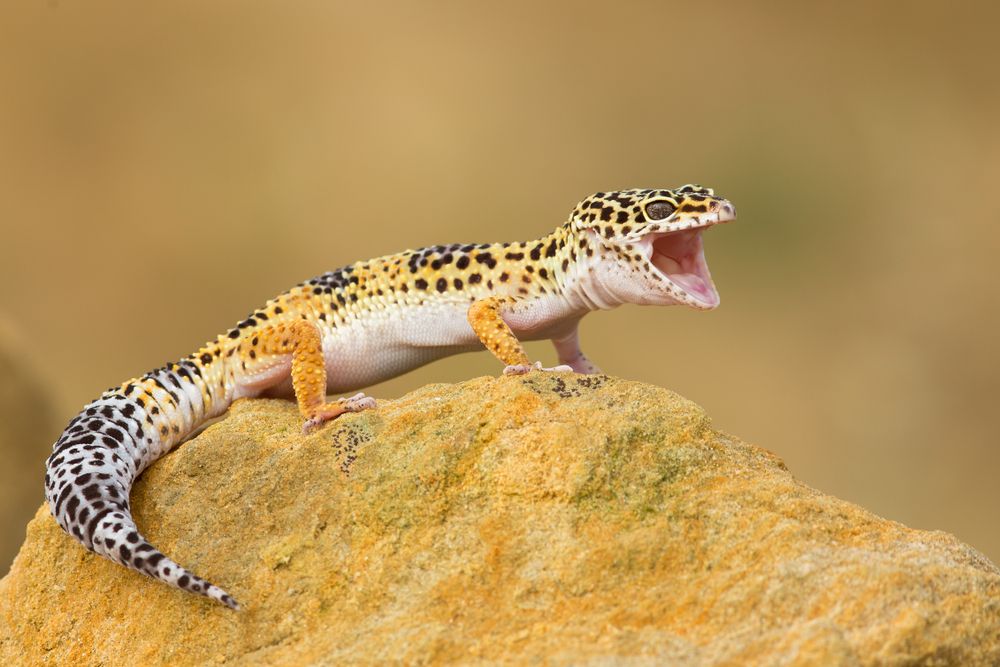
The Leopard Gecko is a small lizard from the deserts of the Middle East and Asia. They come in many different colours and patterns, but most commonly they are found with yellow and black dots along the spine and alternating stripes. Their main defense mechanism is that they will shed their tail when threatened, to save themselves from being grabbed by predators.
48. Leafcutter Bee
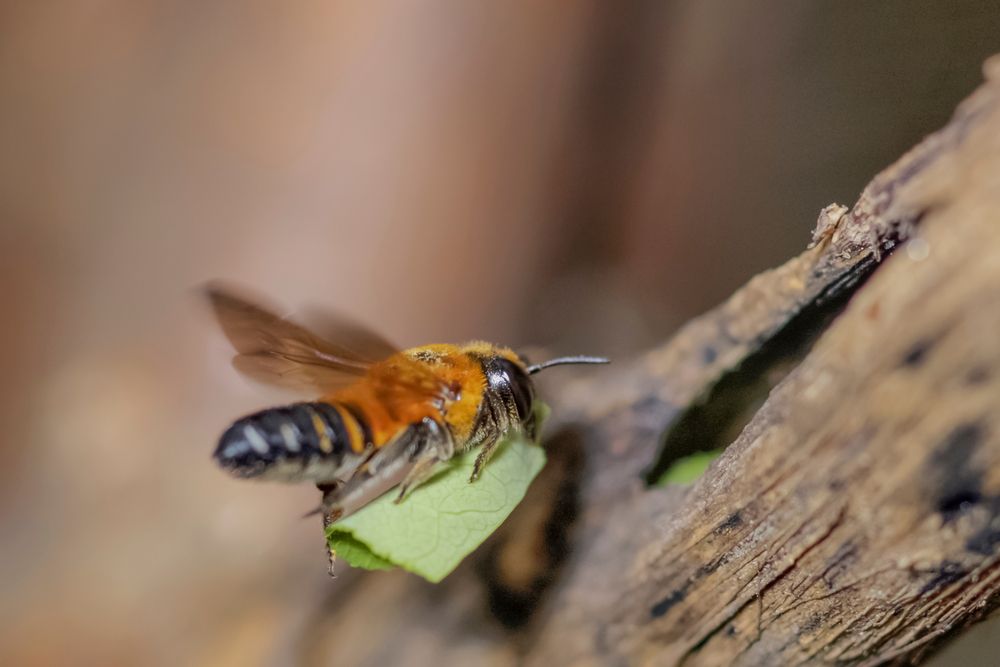
The name 'leafcutter' stems from their habit of chewing leaves with which they use to construct their nest cells. They are members of the Megachilidae family. When they arrive upon flowers, they cut neat circular pieces of leaf with these 'teeth' to gather nectar and pollen.
49. Long-Tailed Tit
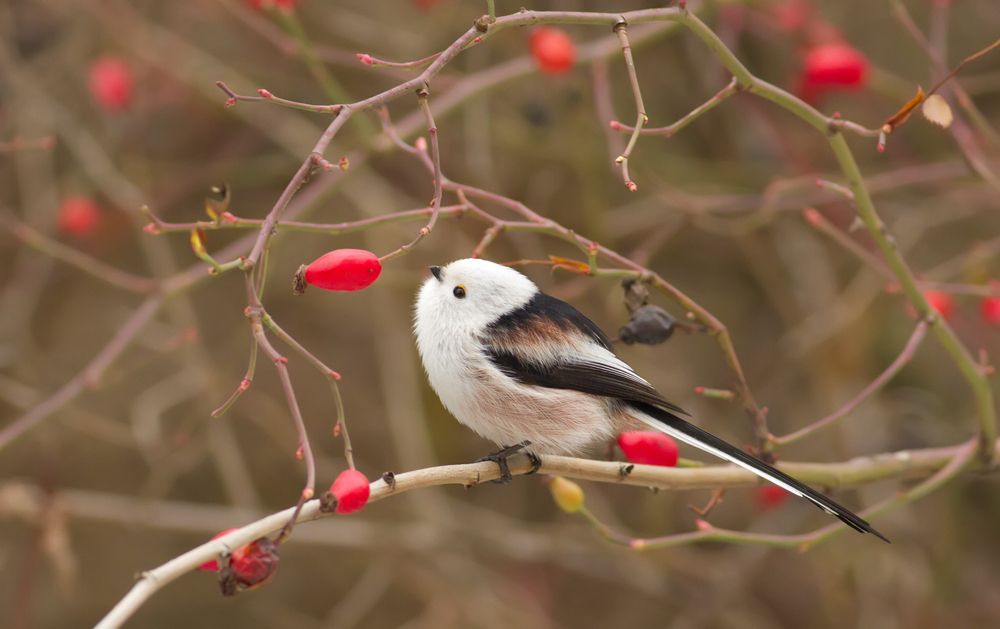
The Long-tailed Tit (also known as the bushtit) is a small passerine bird. It is widespread throughout temperate to subarctic Eurasia. They grow up to around 15cm with their tails up to around 10cm which is how they got their name.
50. Leopard Frog
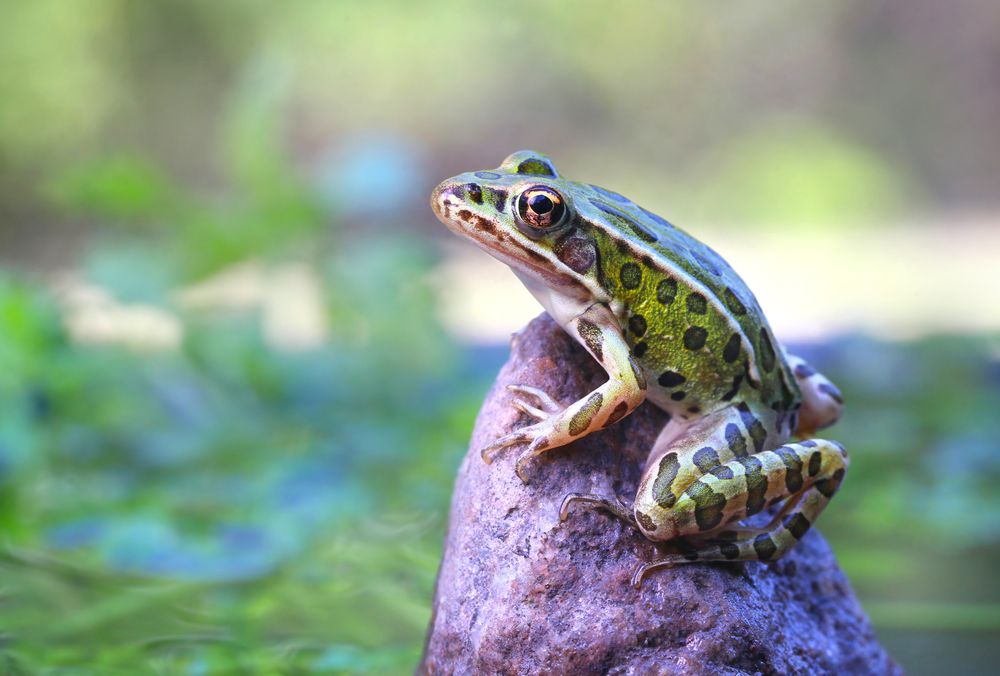
This frogs spots have given rise to its name. Leopard Frogs have many relatives based on the necessary adaptations to their environment. They are found in North and South America and are from the Lithobates genus.
51. Louse
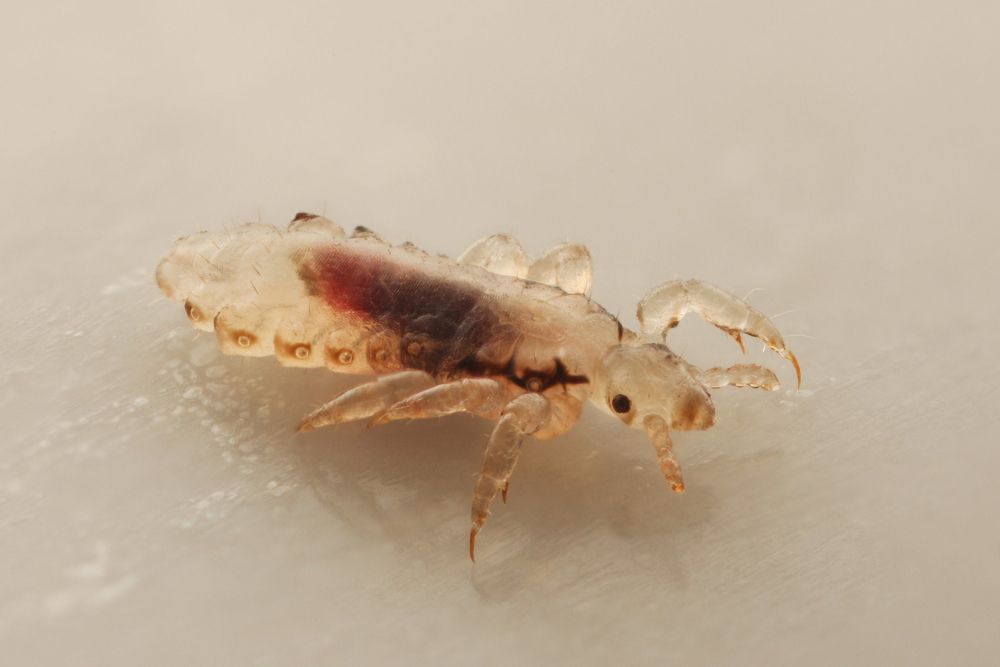
My least favourite animal in the animal kingdom but at lease they do begin with an L. They are a wingless insect with 6 legs and fees on the blood of mammals and birds. Lice are difficult to spot do to their small size.
My brain is starting to think of names such as 'le horse' and 'lamb' now. However if you can think of any more animals beginning with L, let me know!

